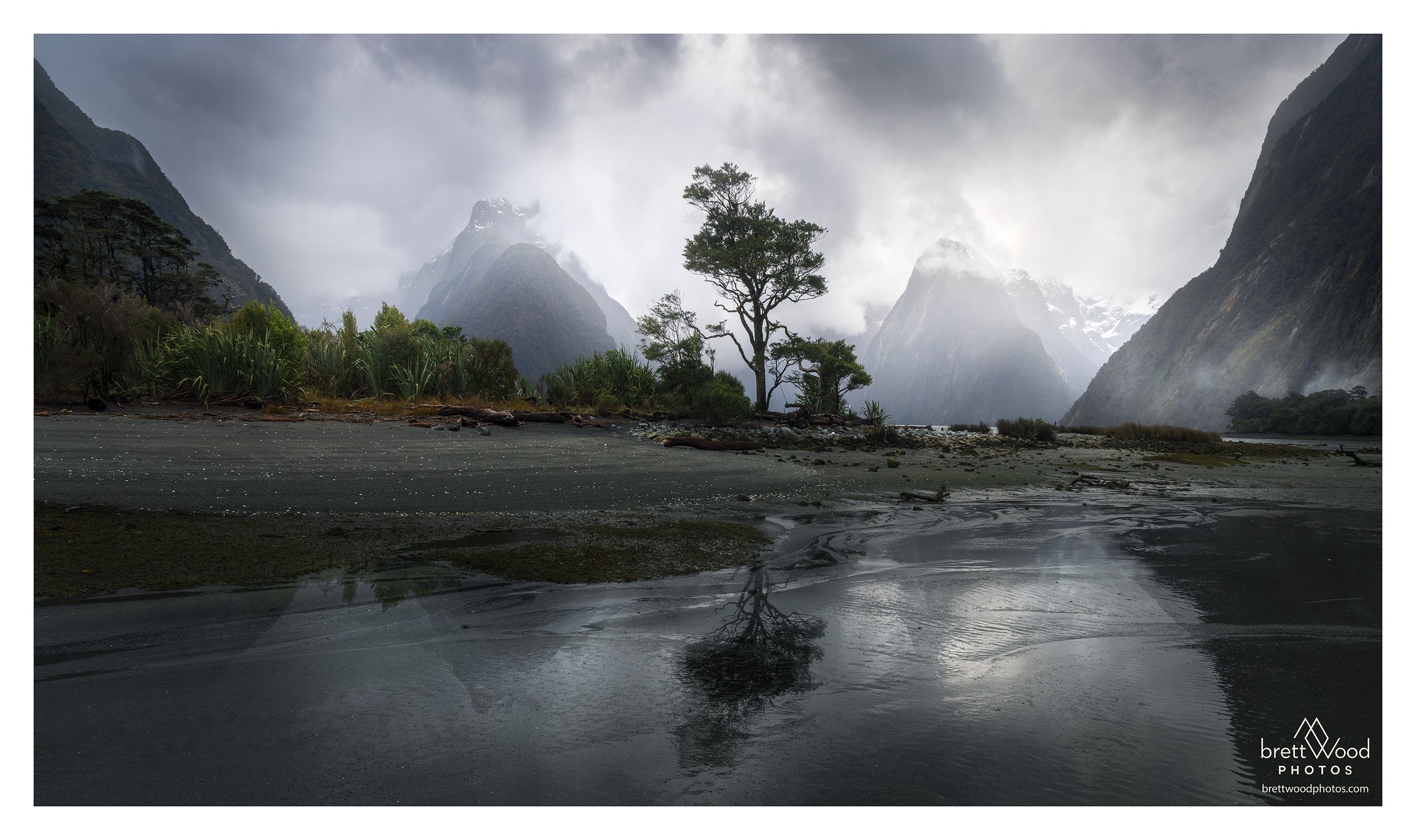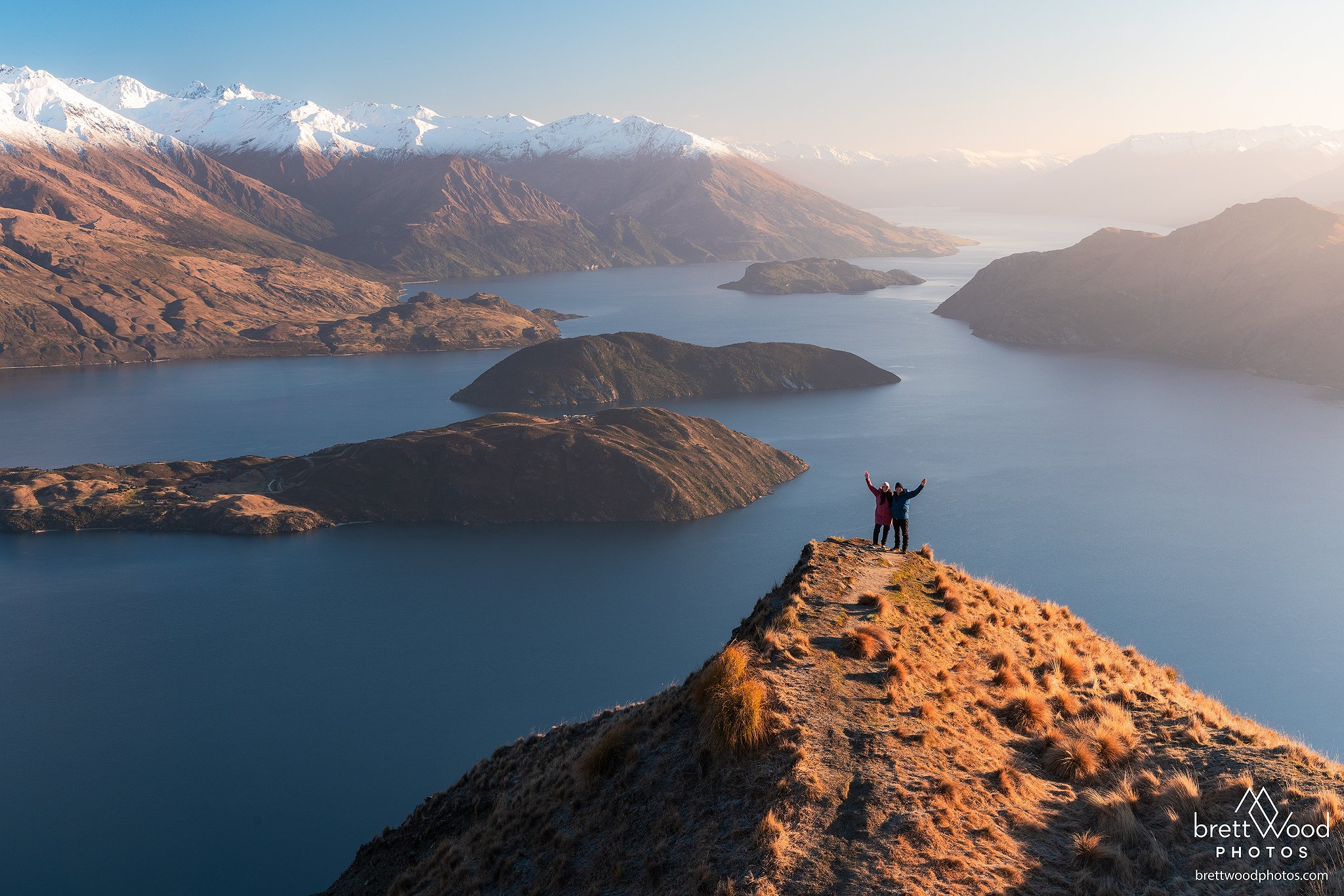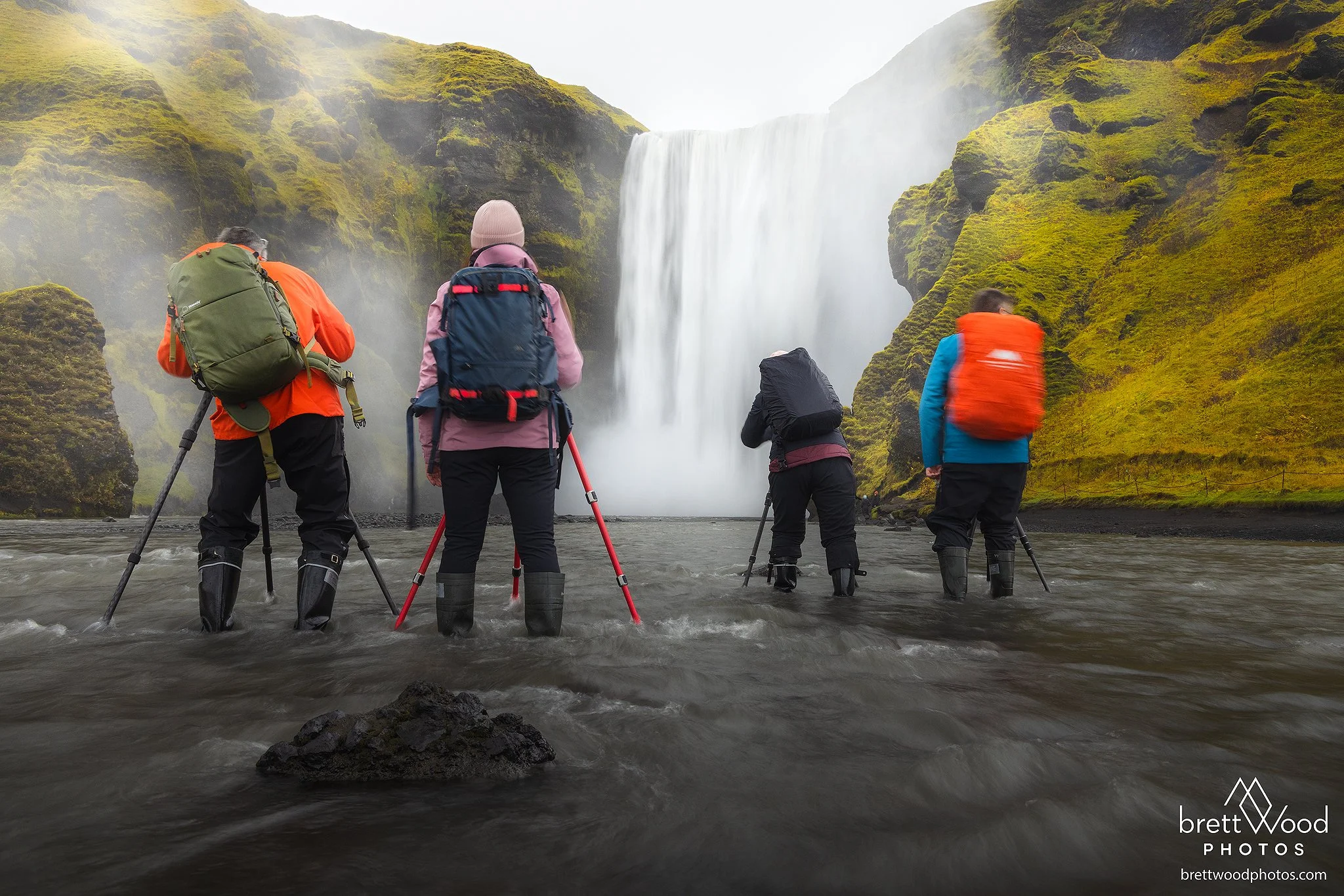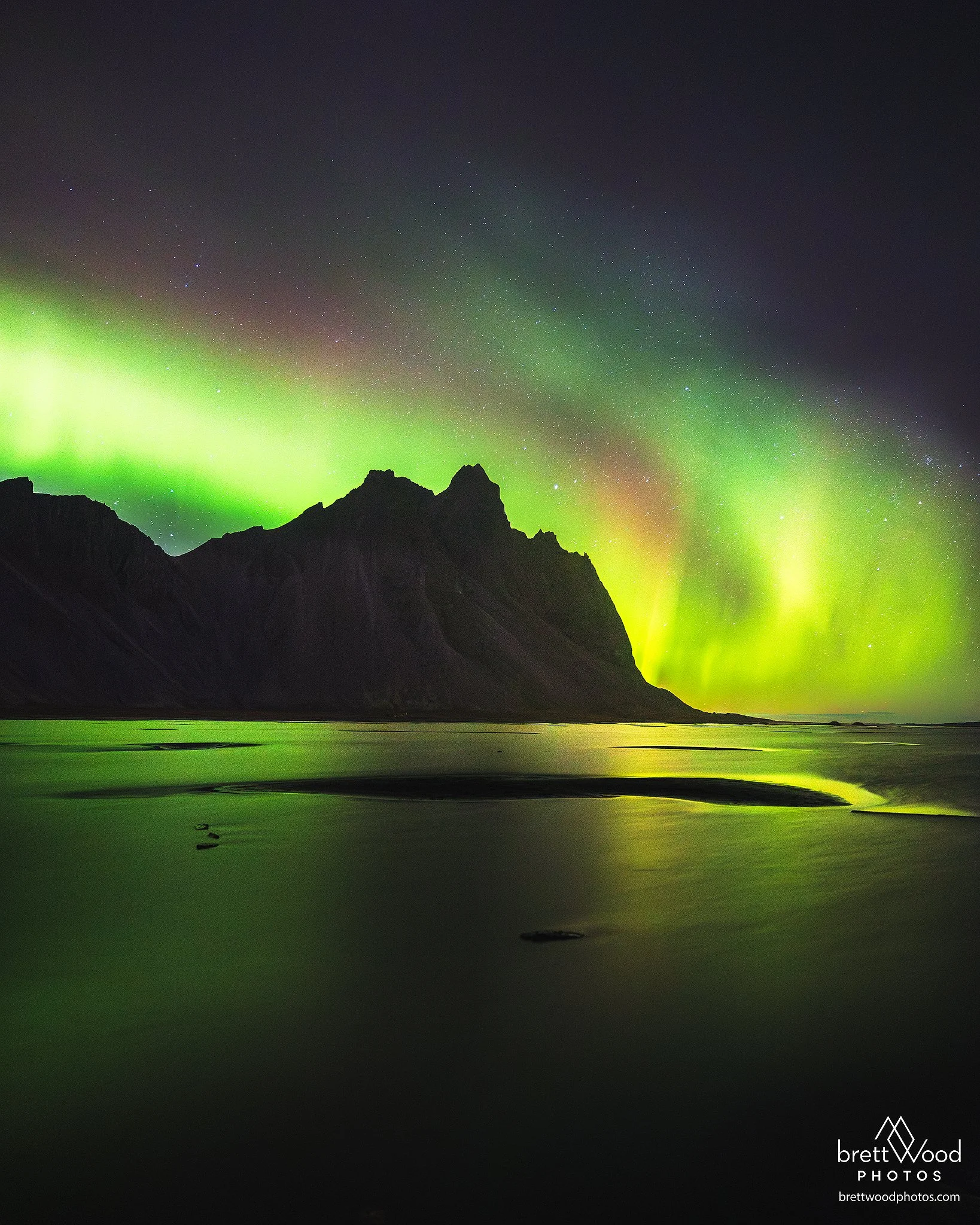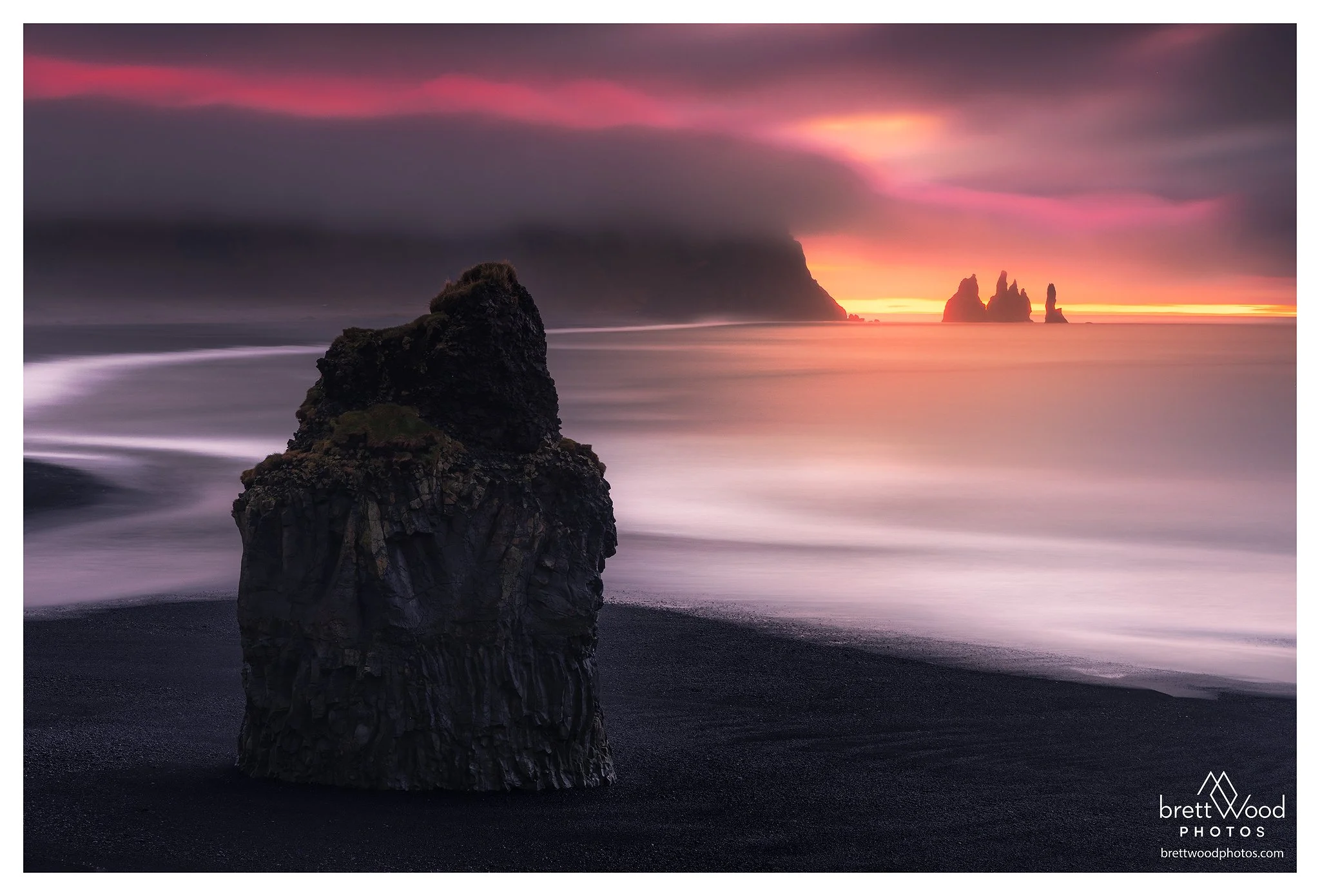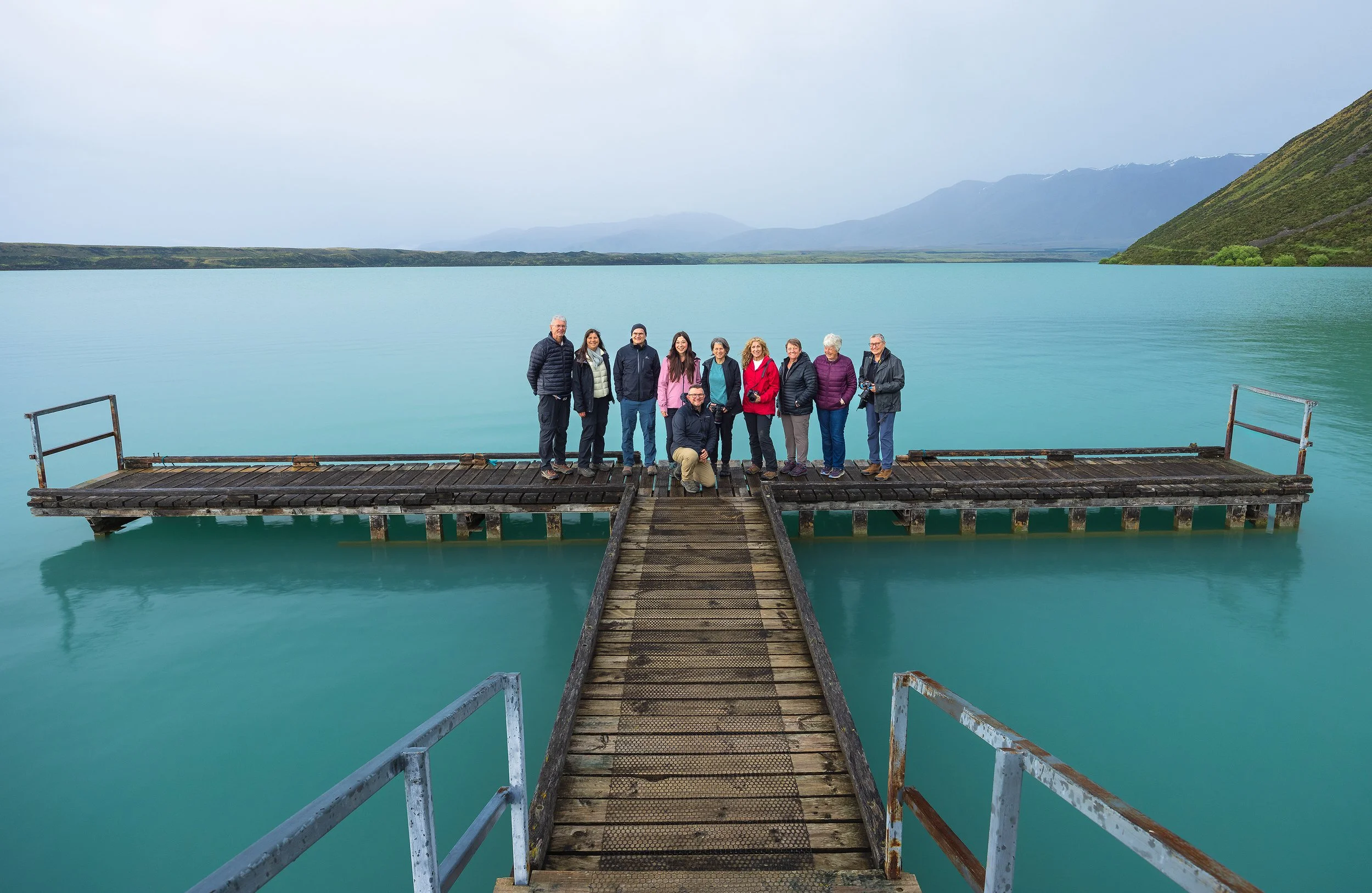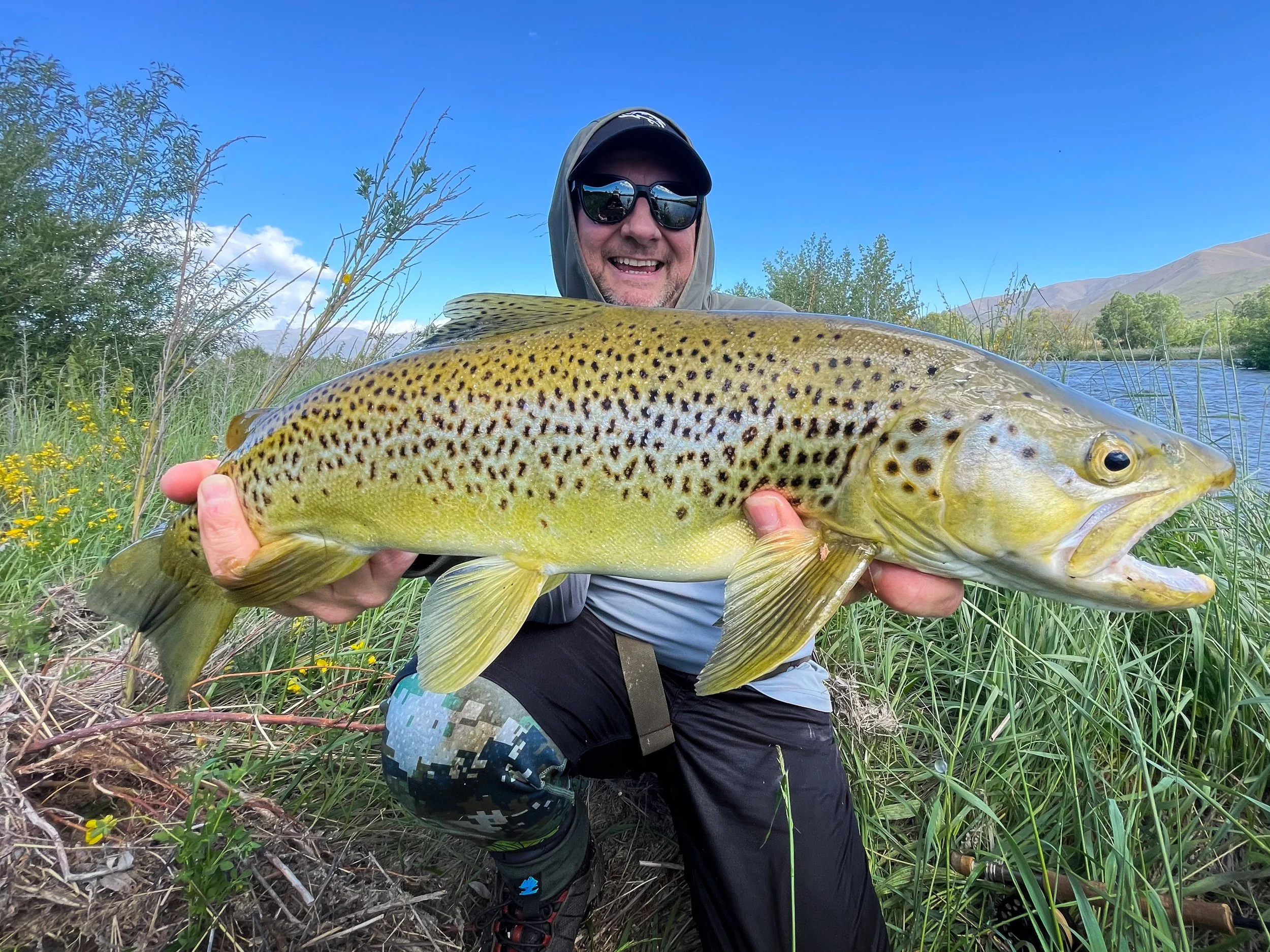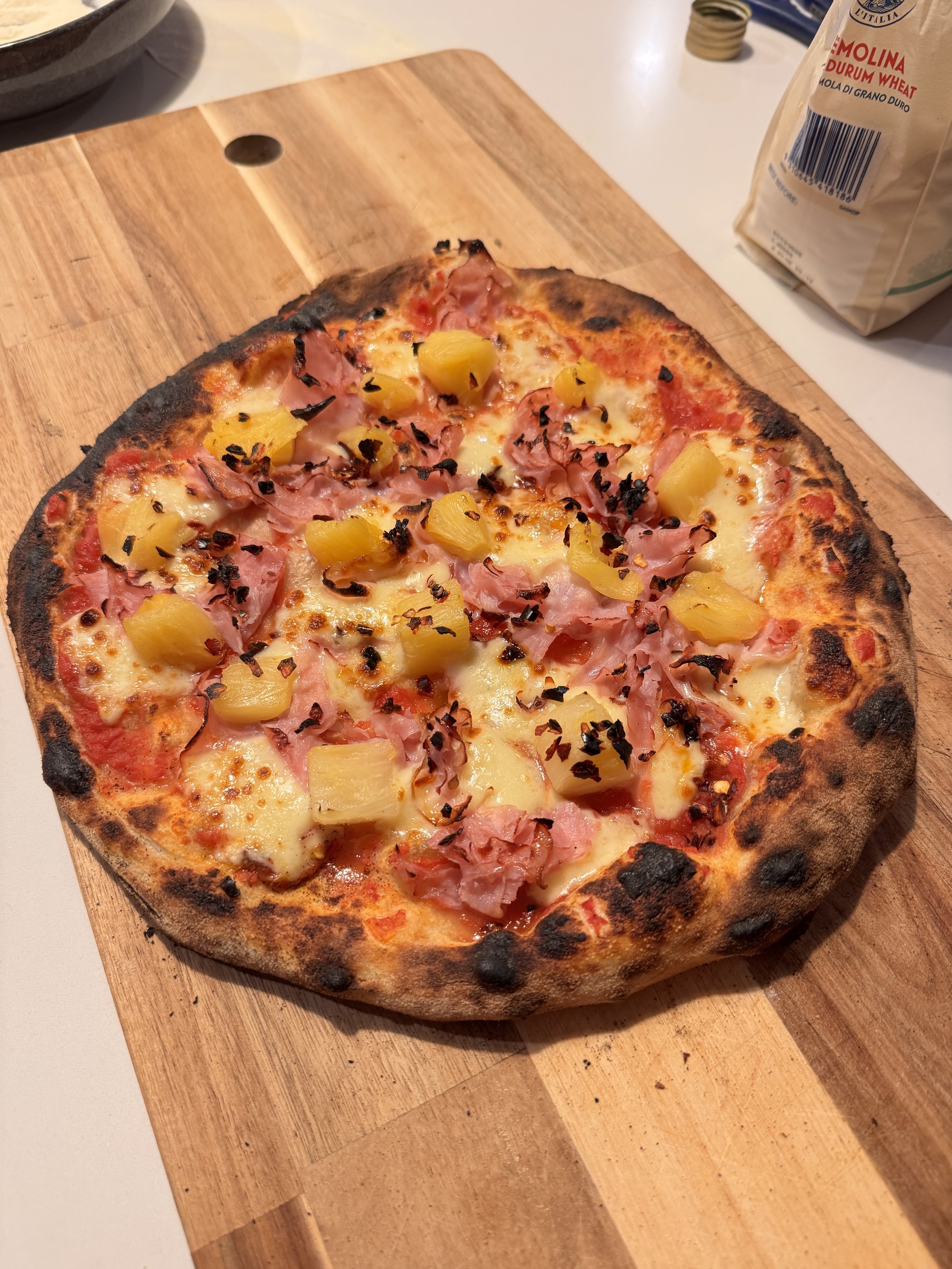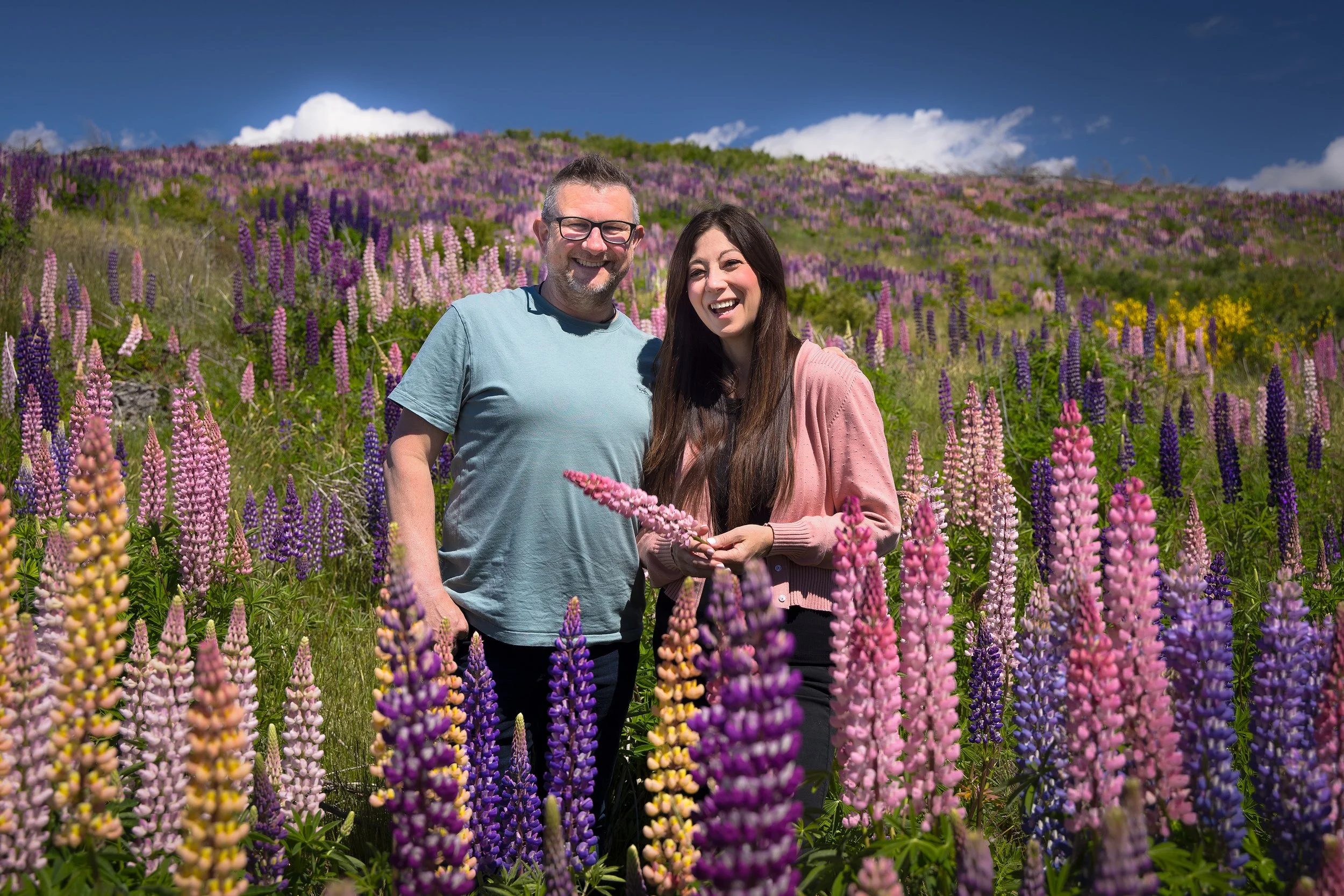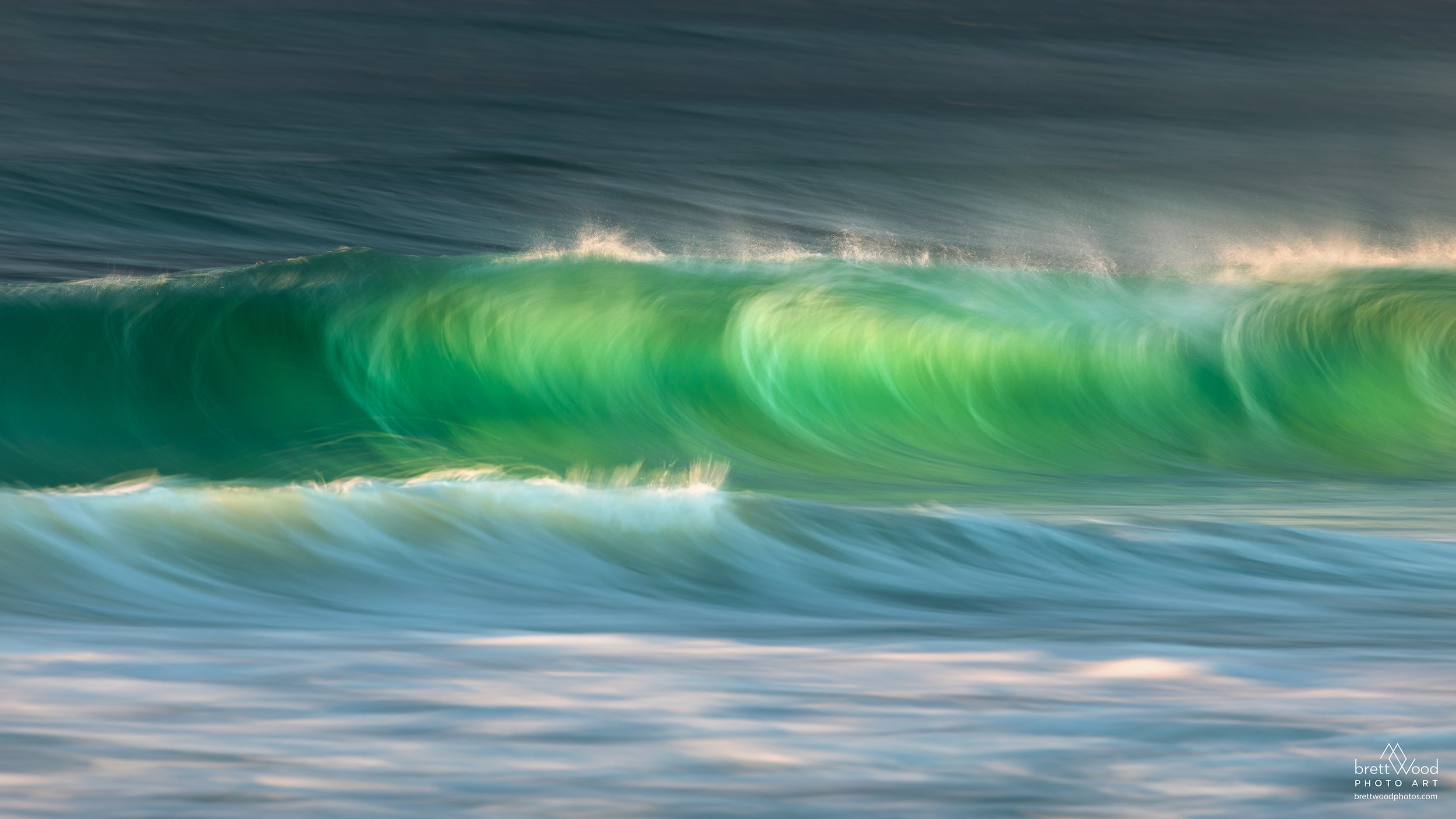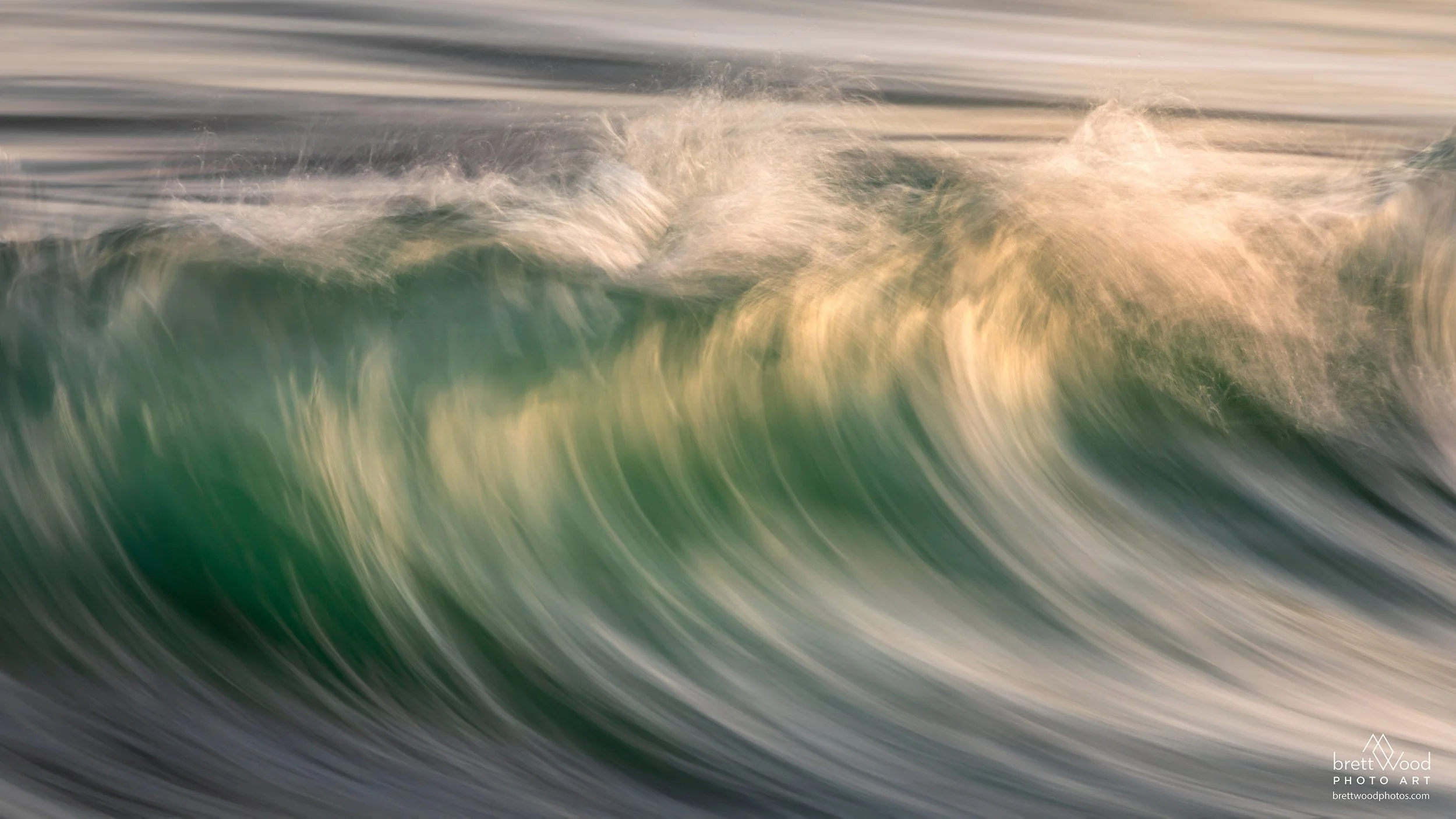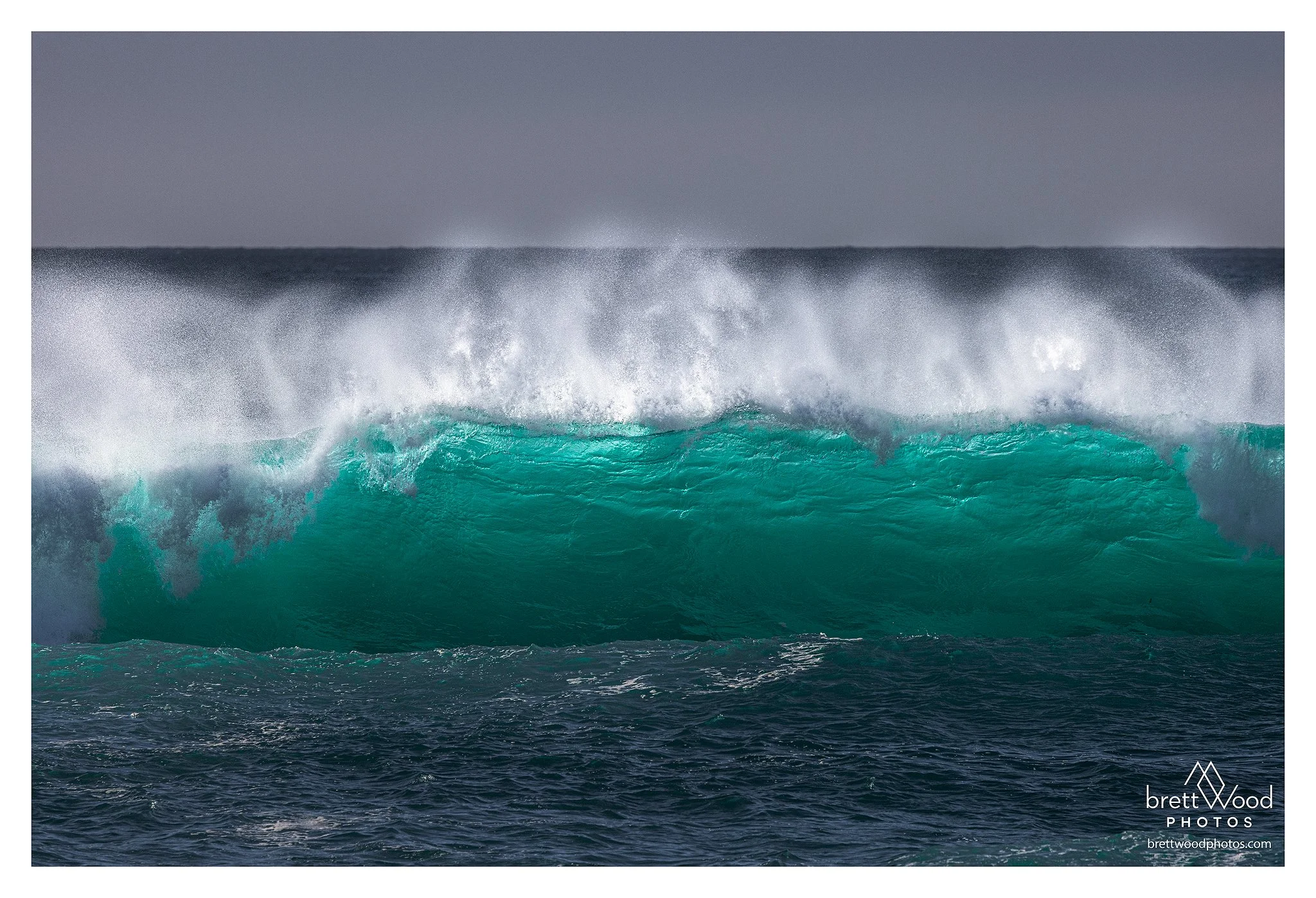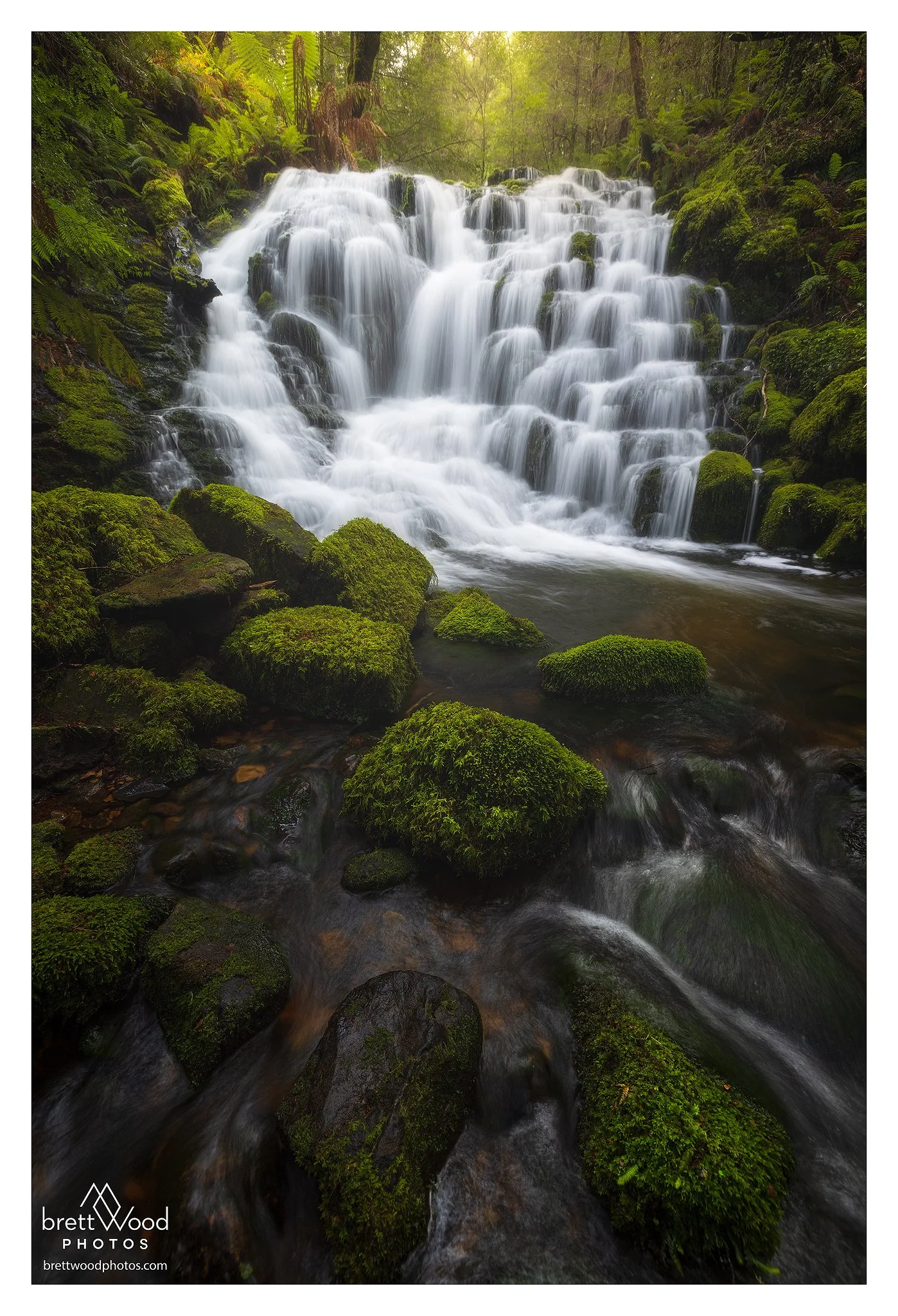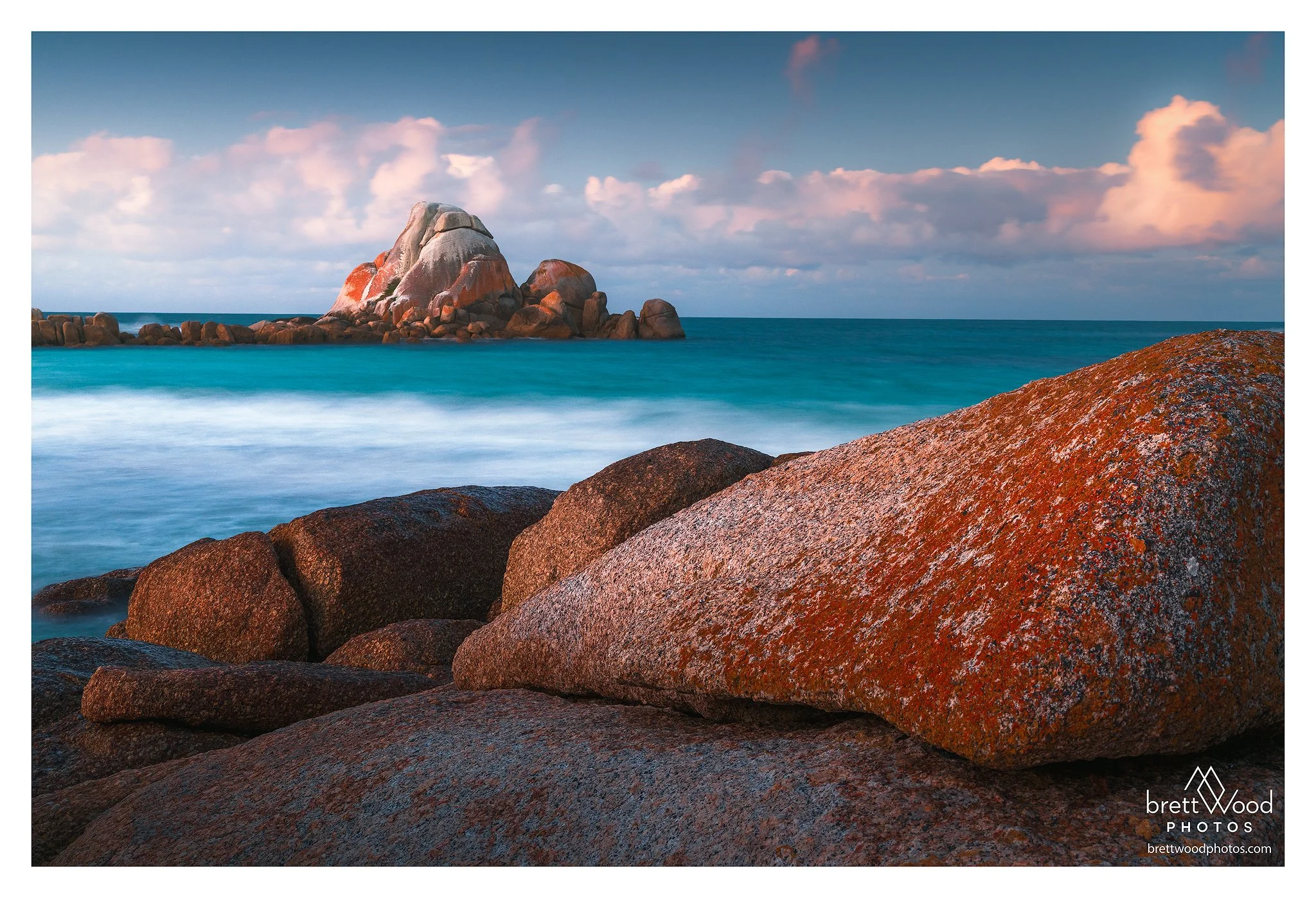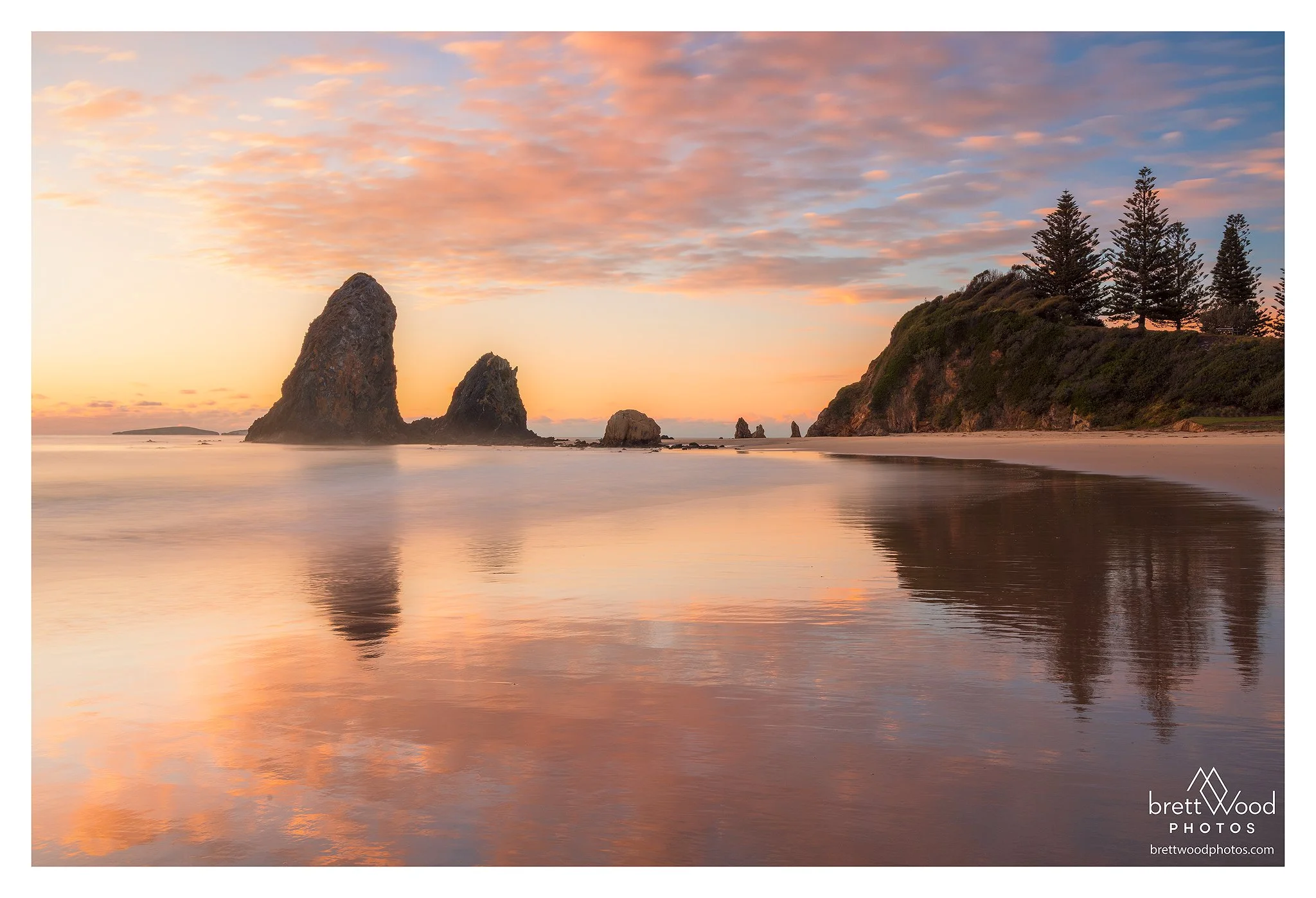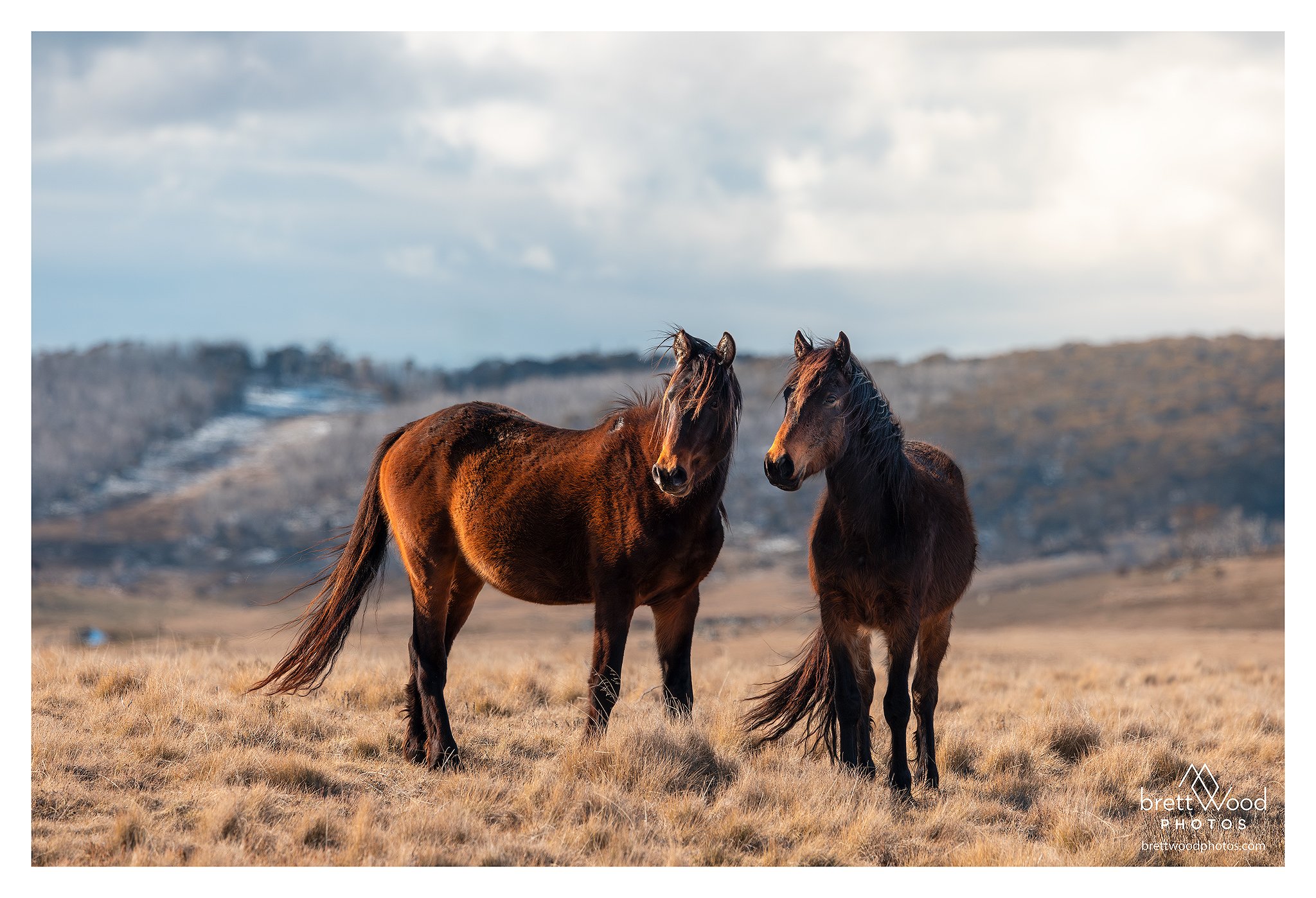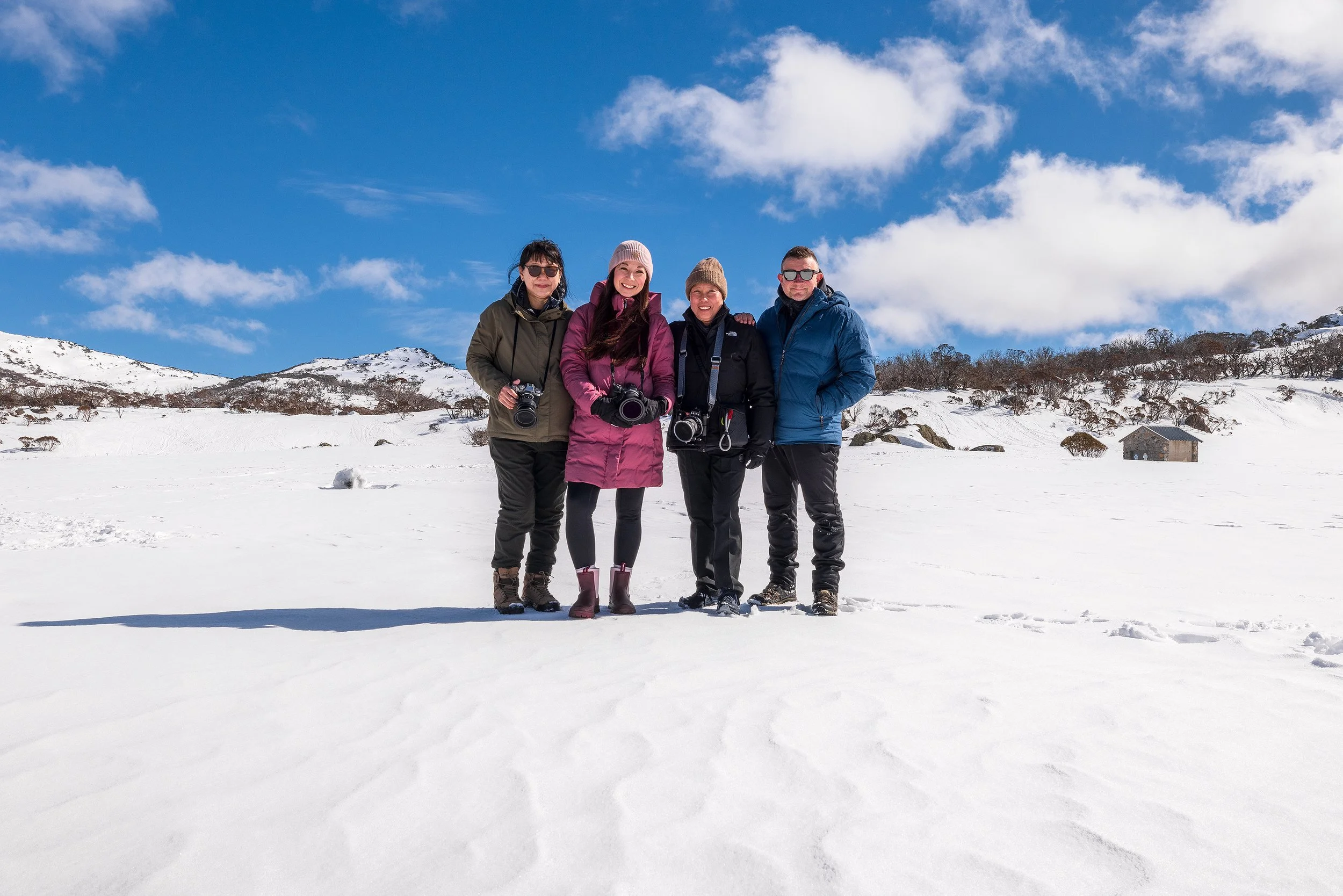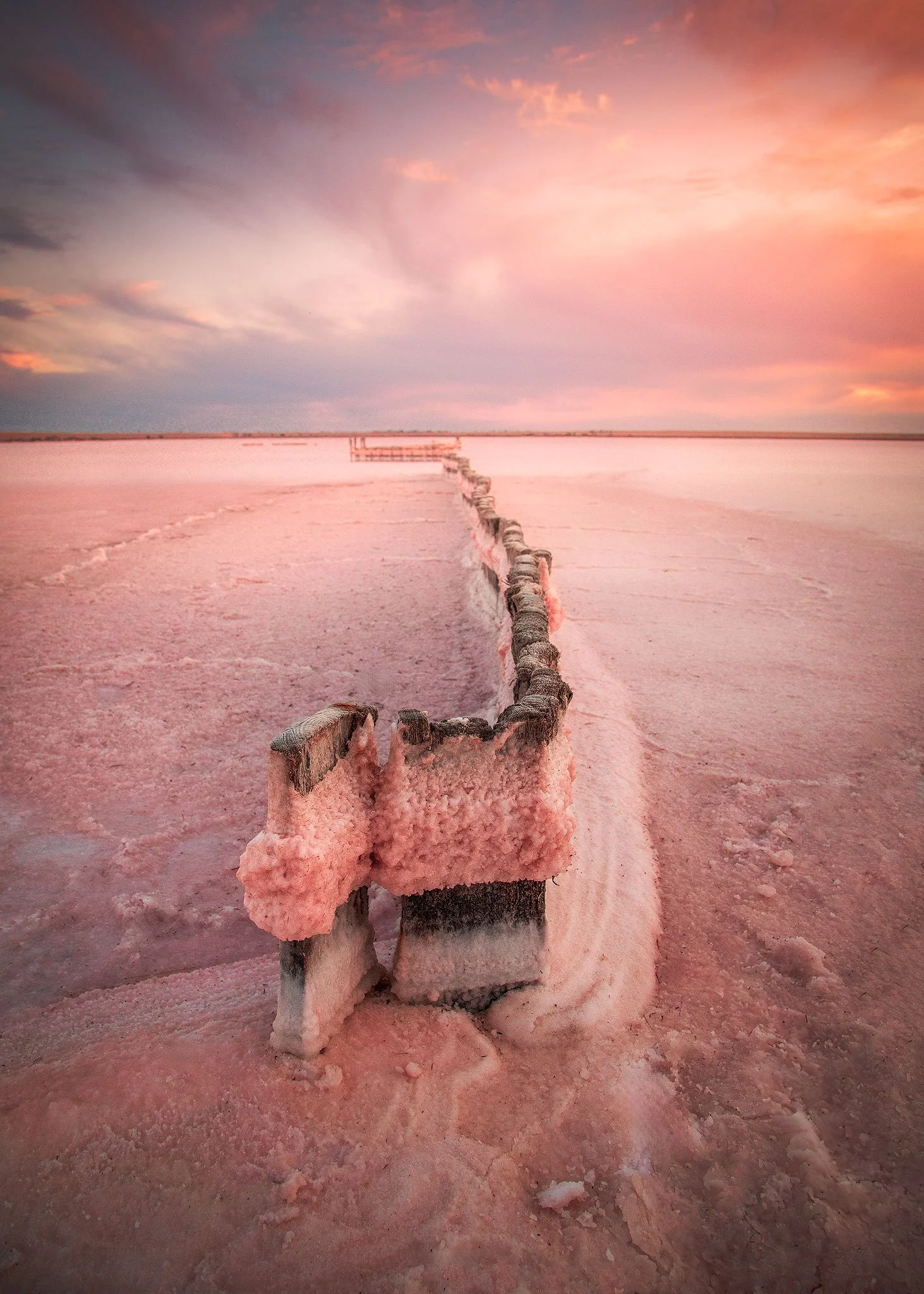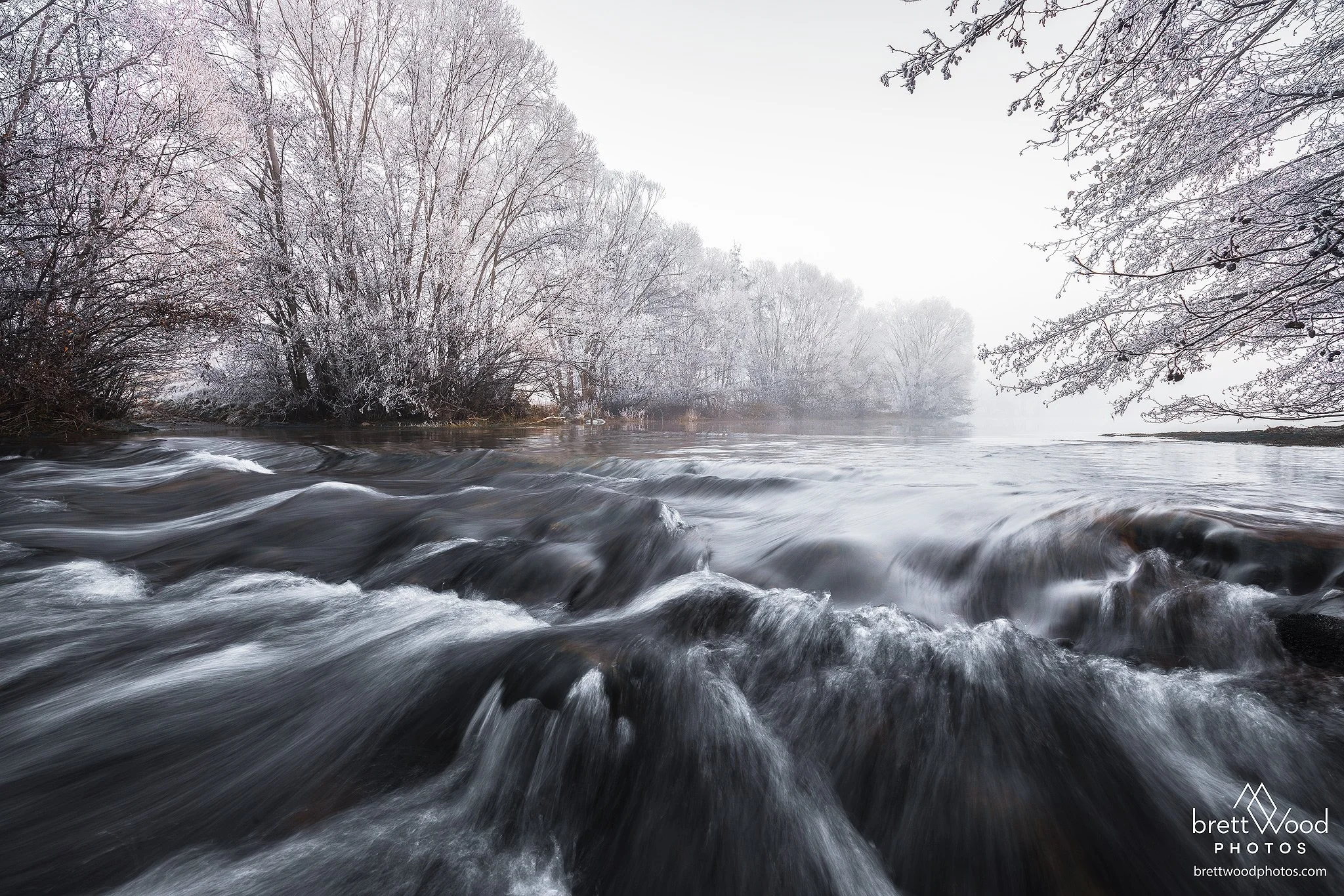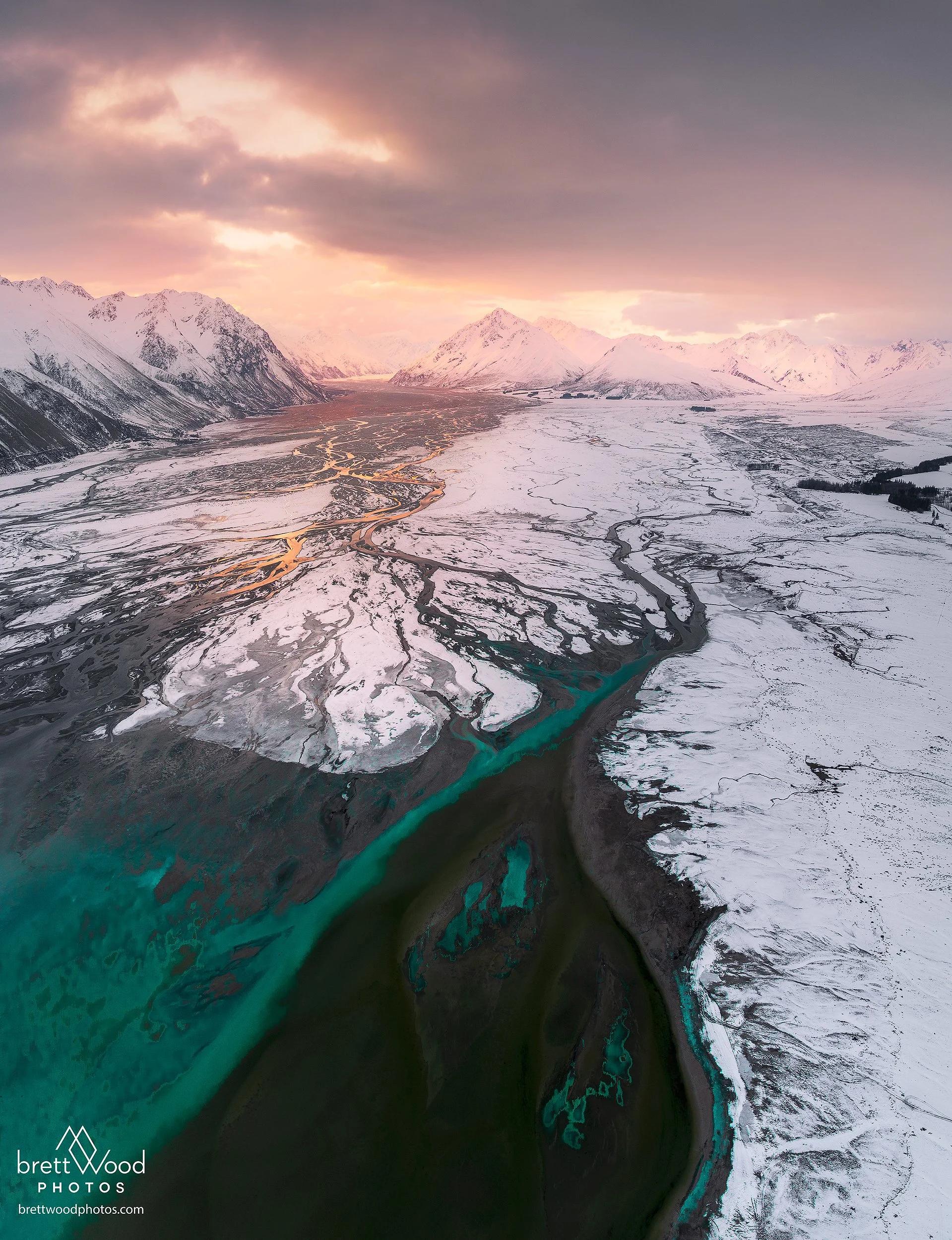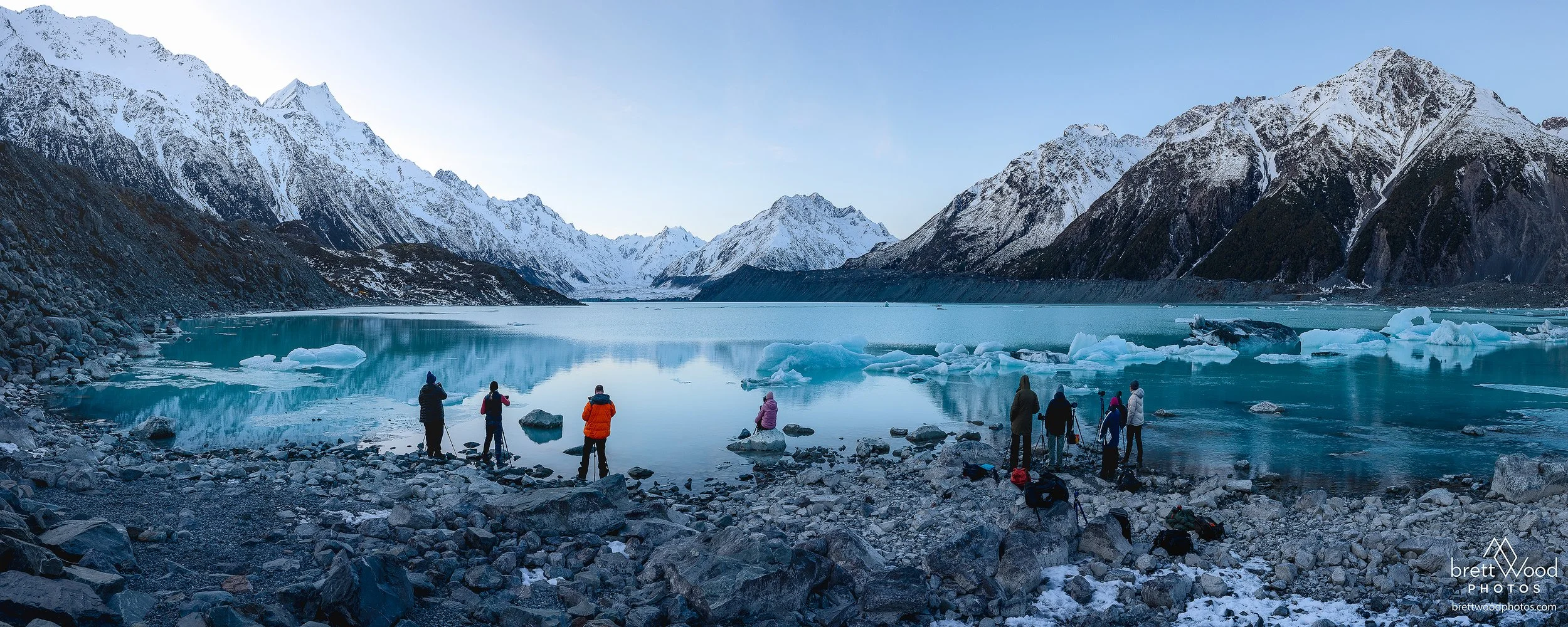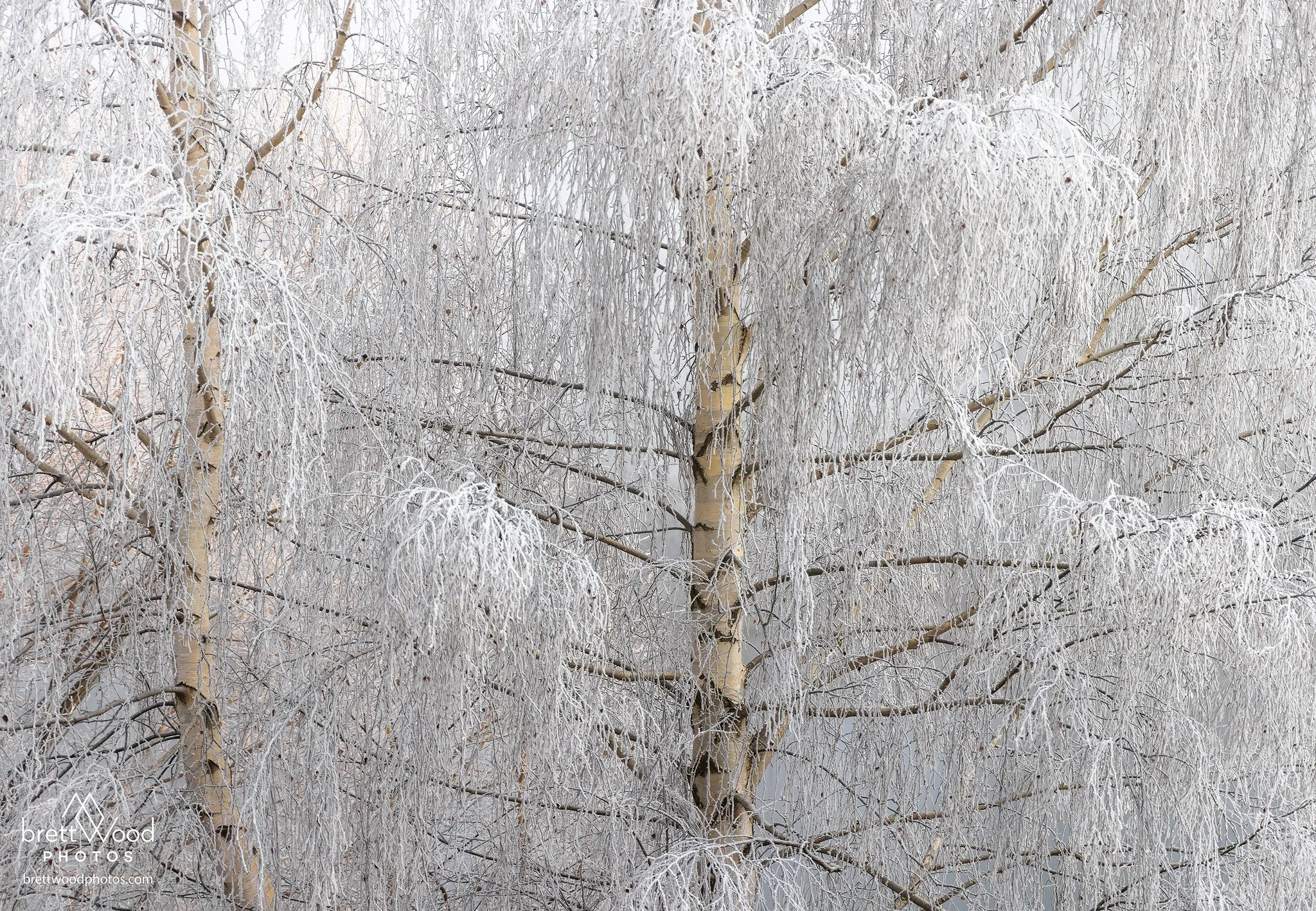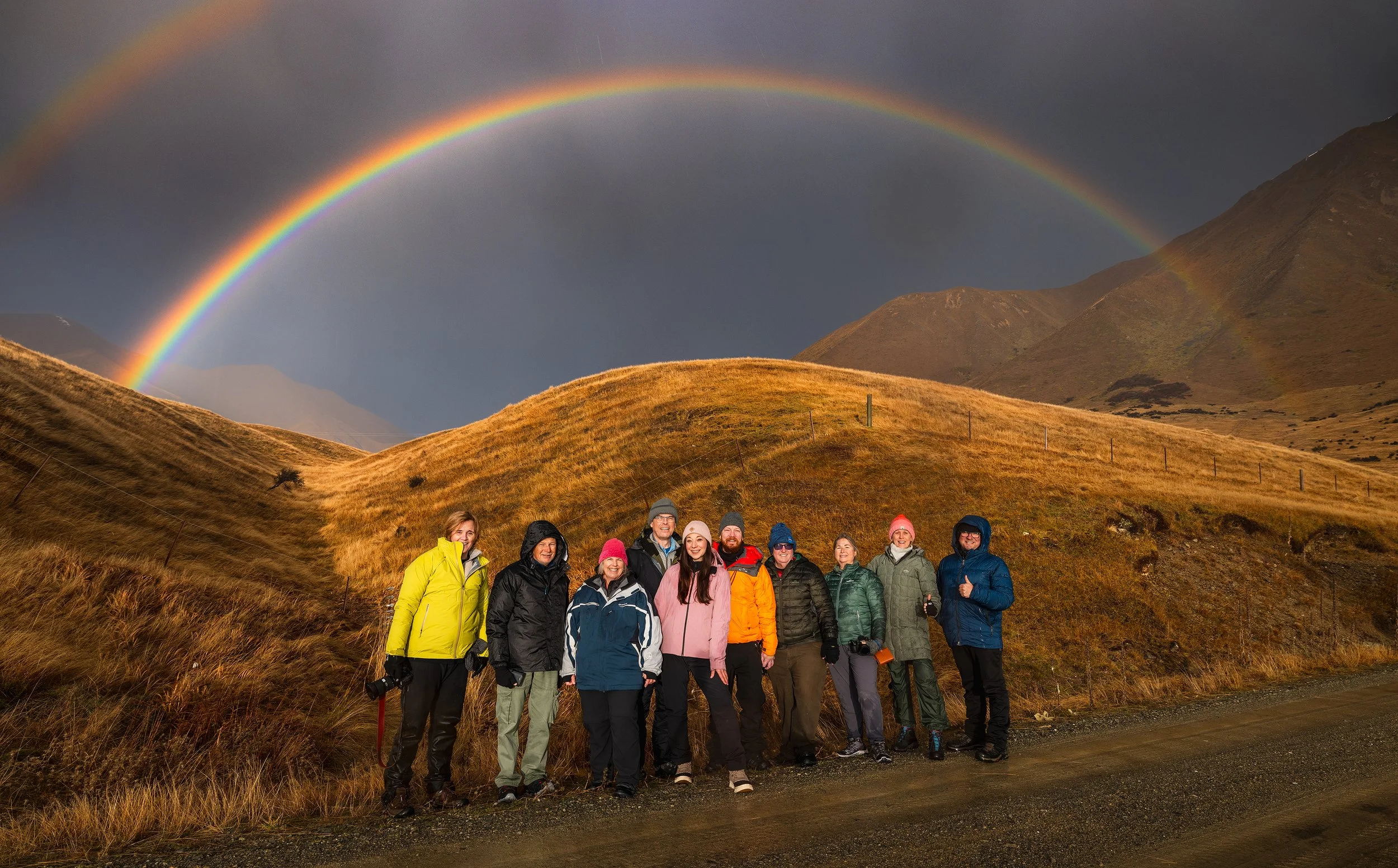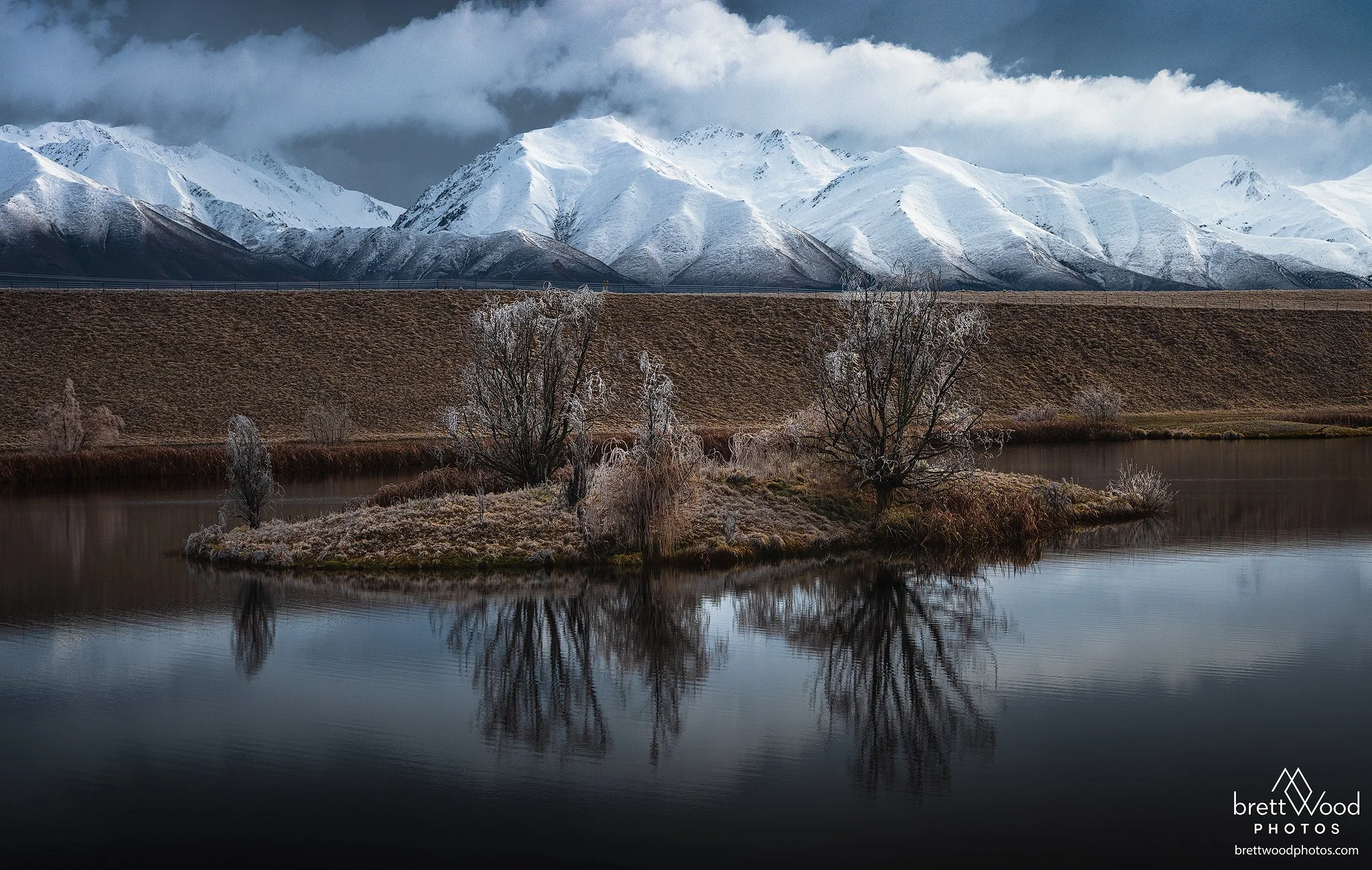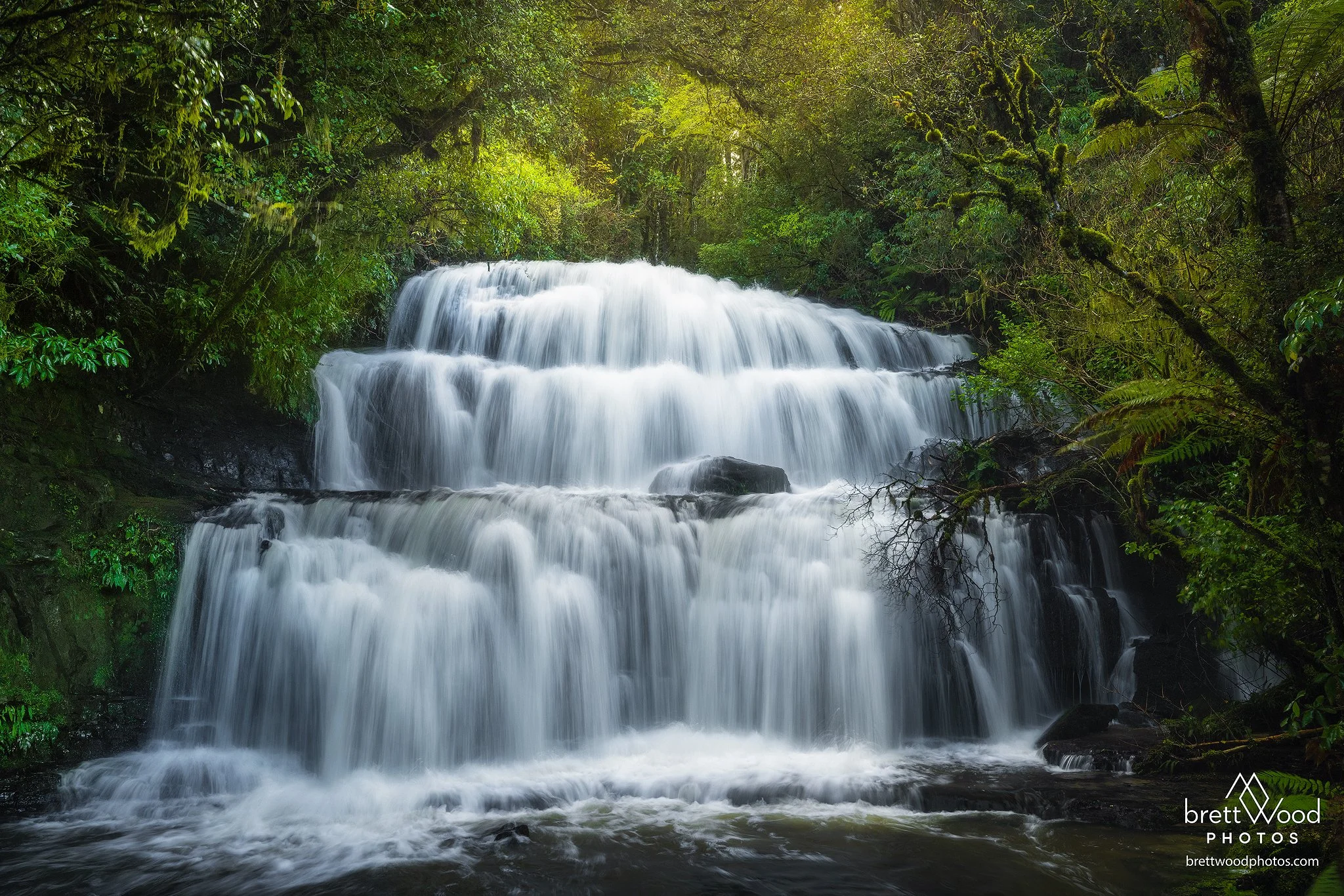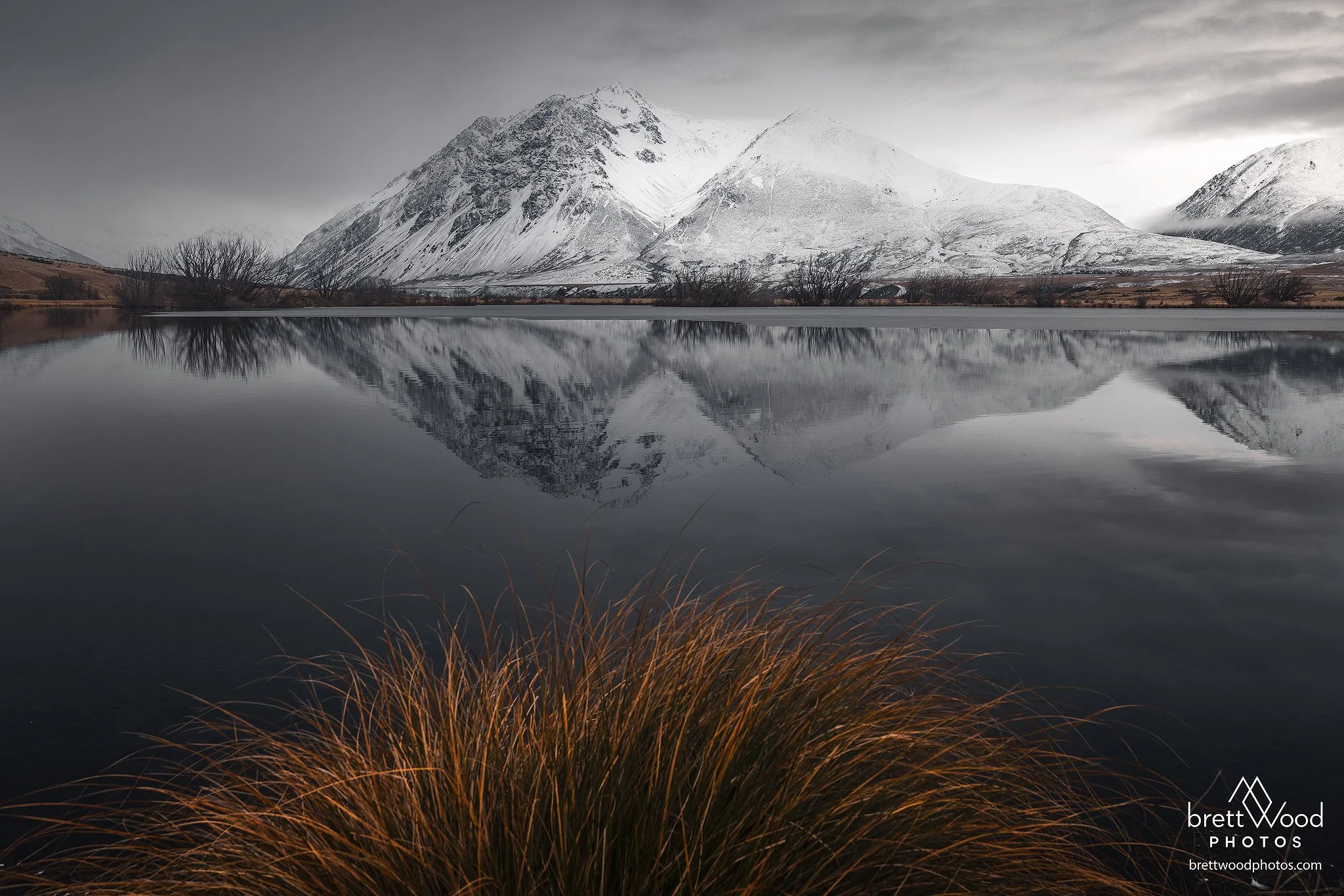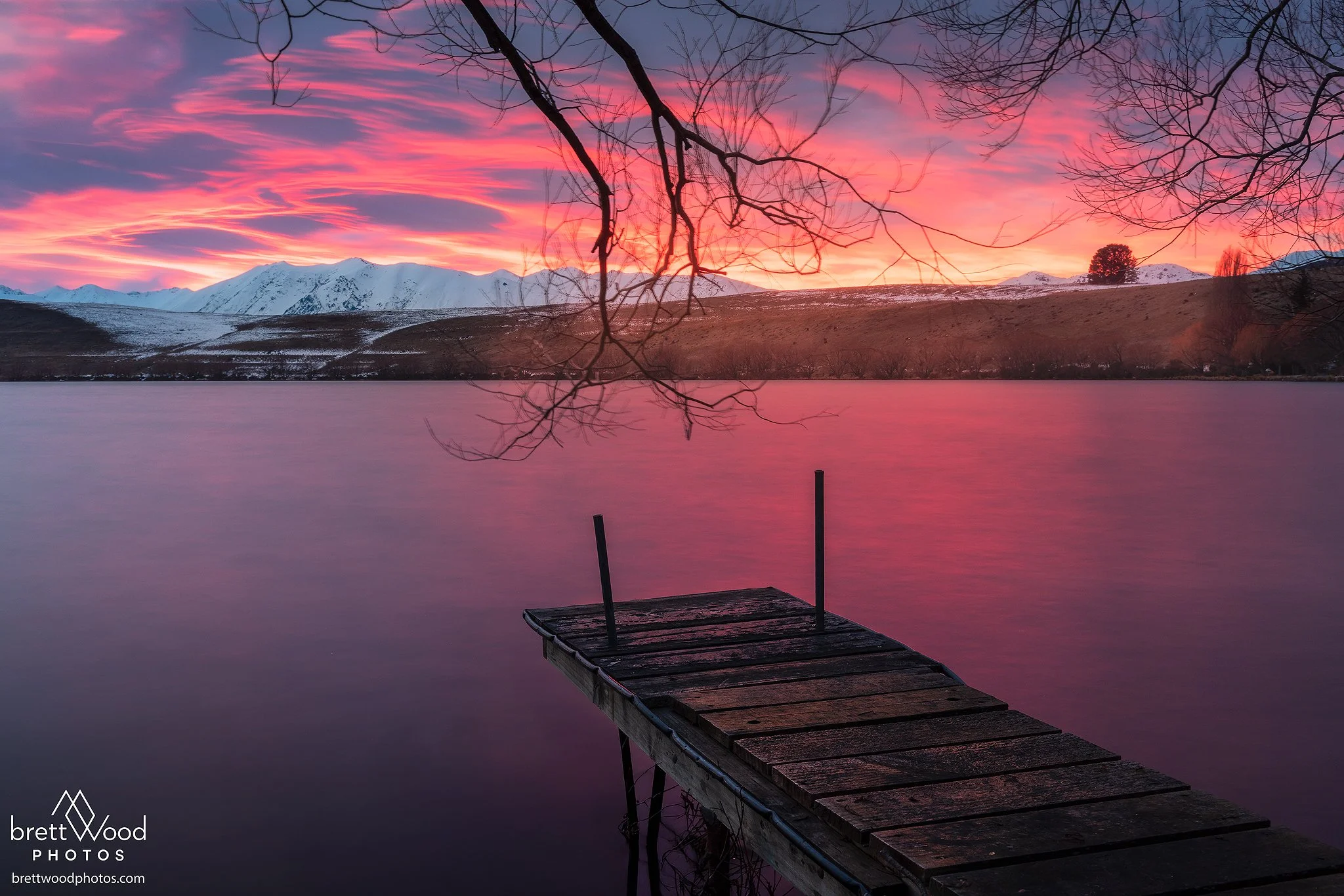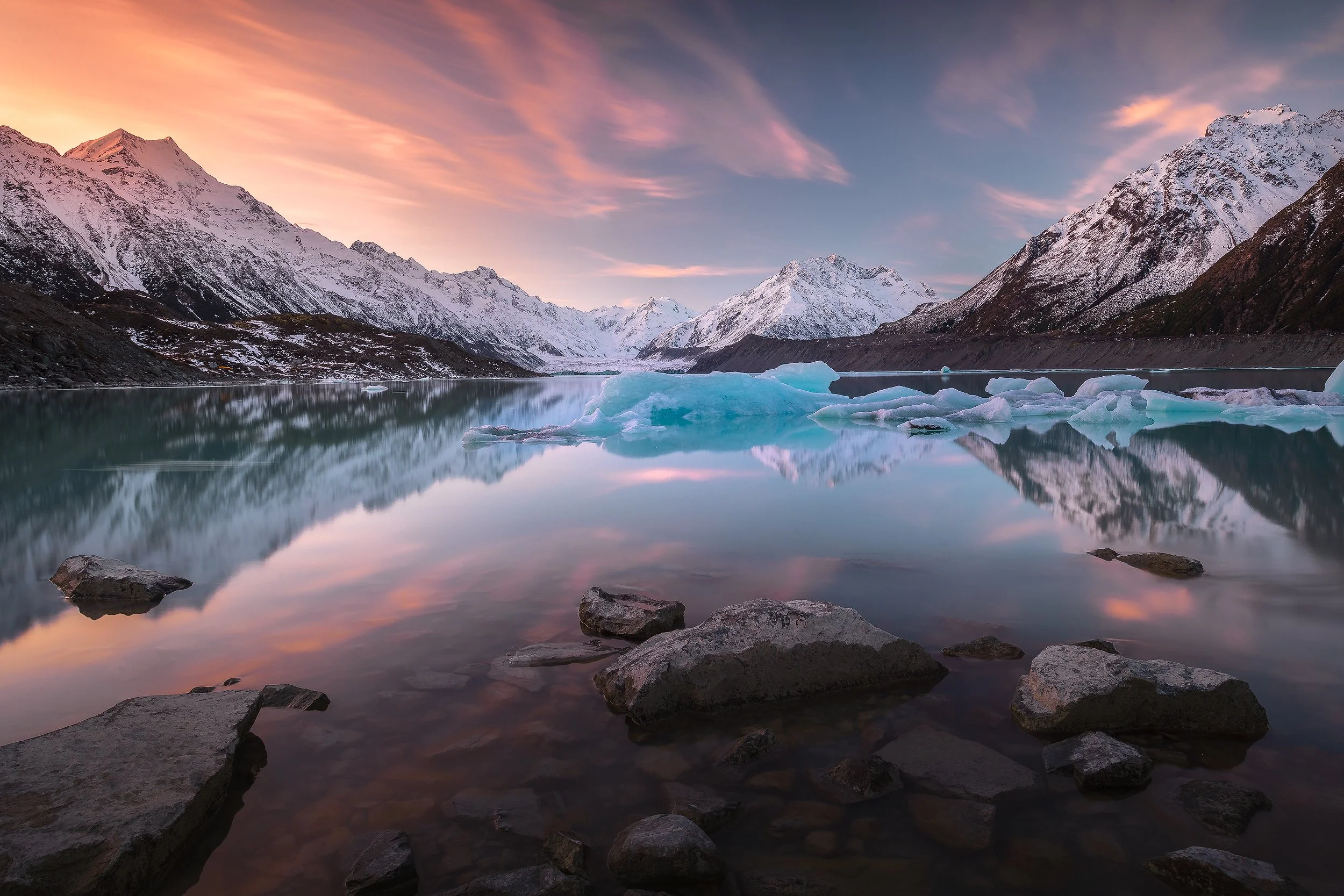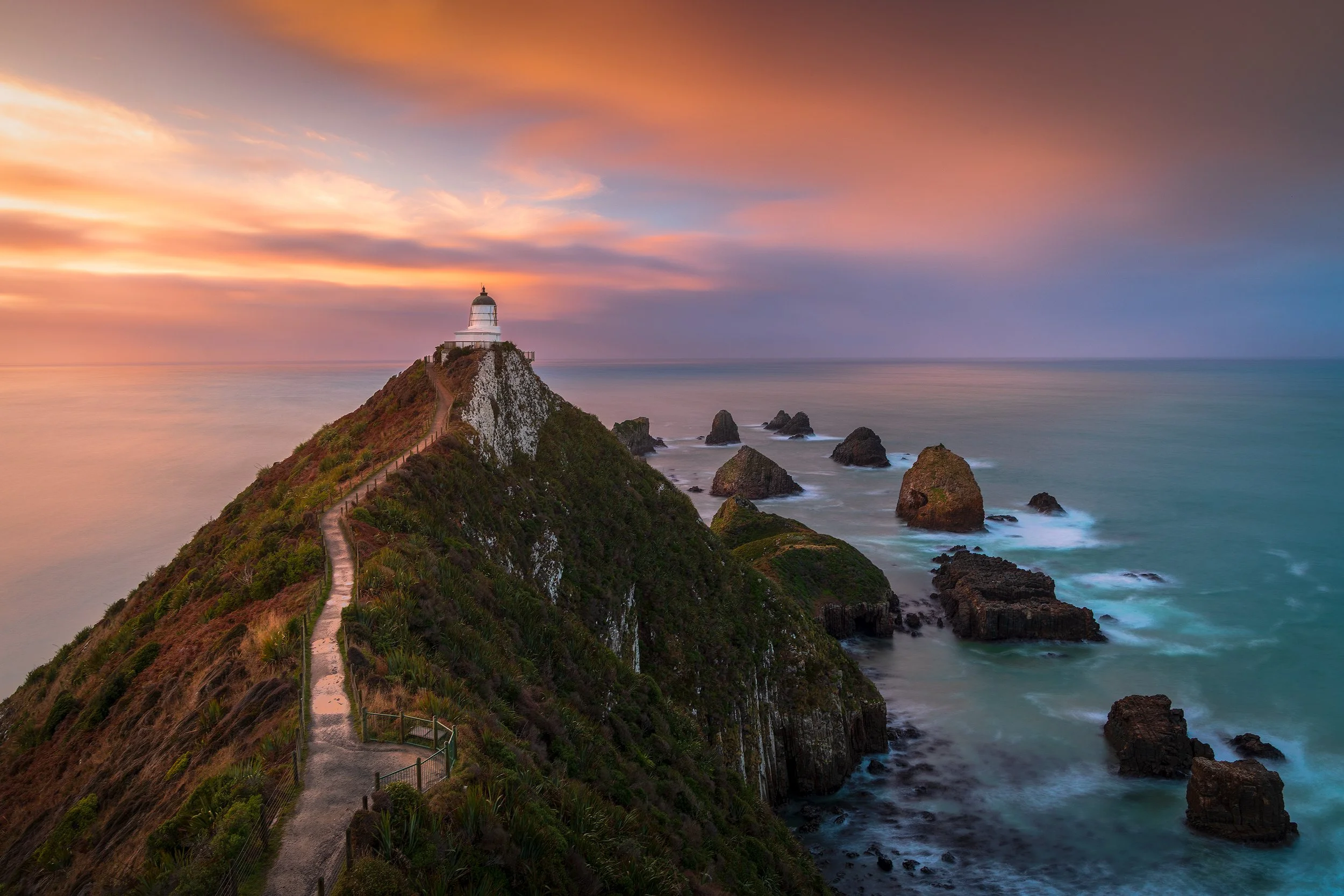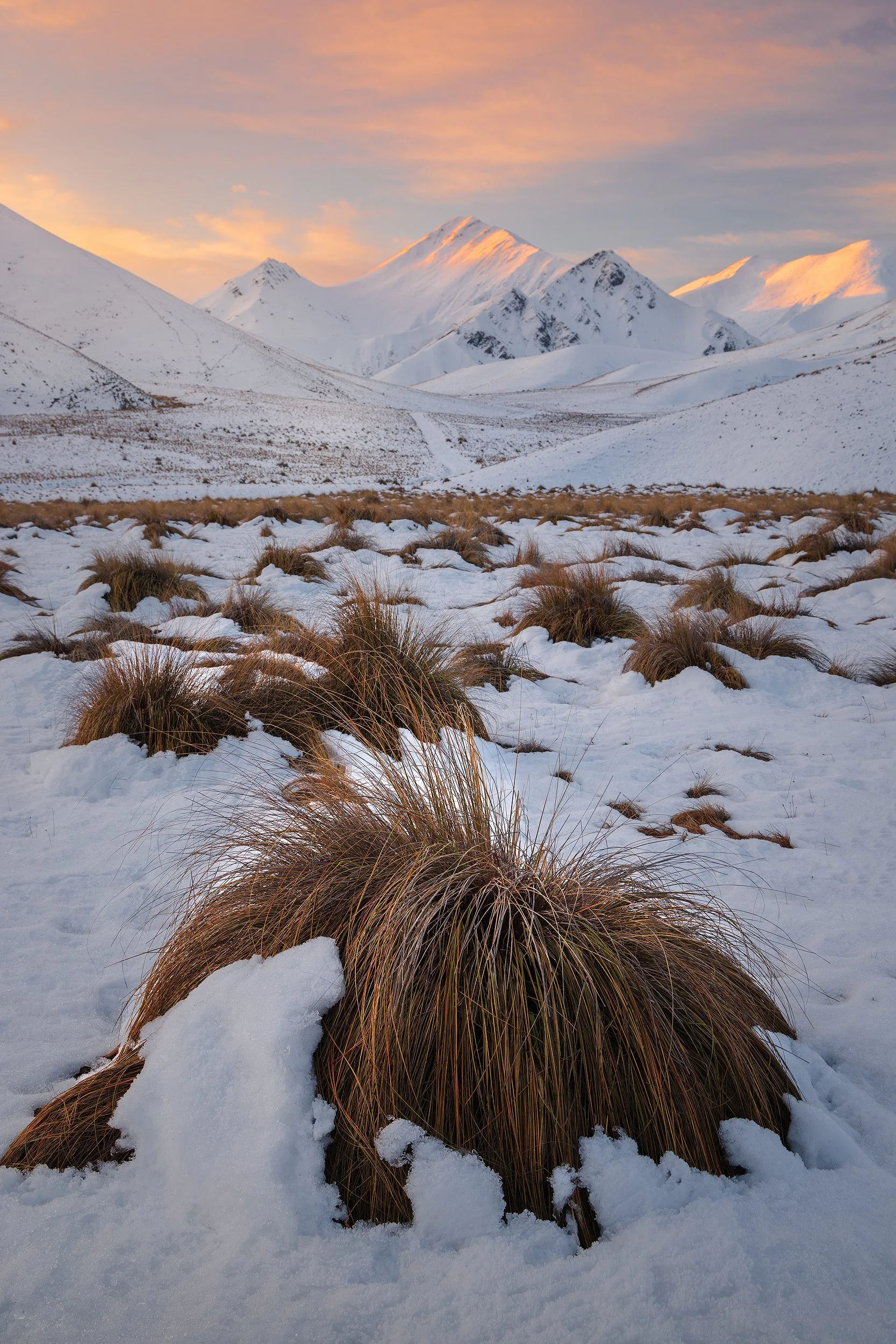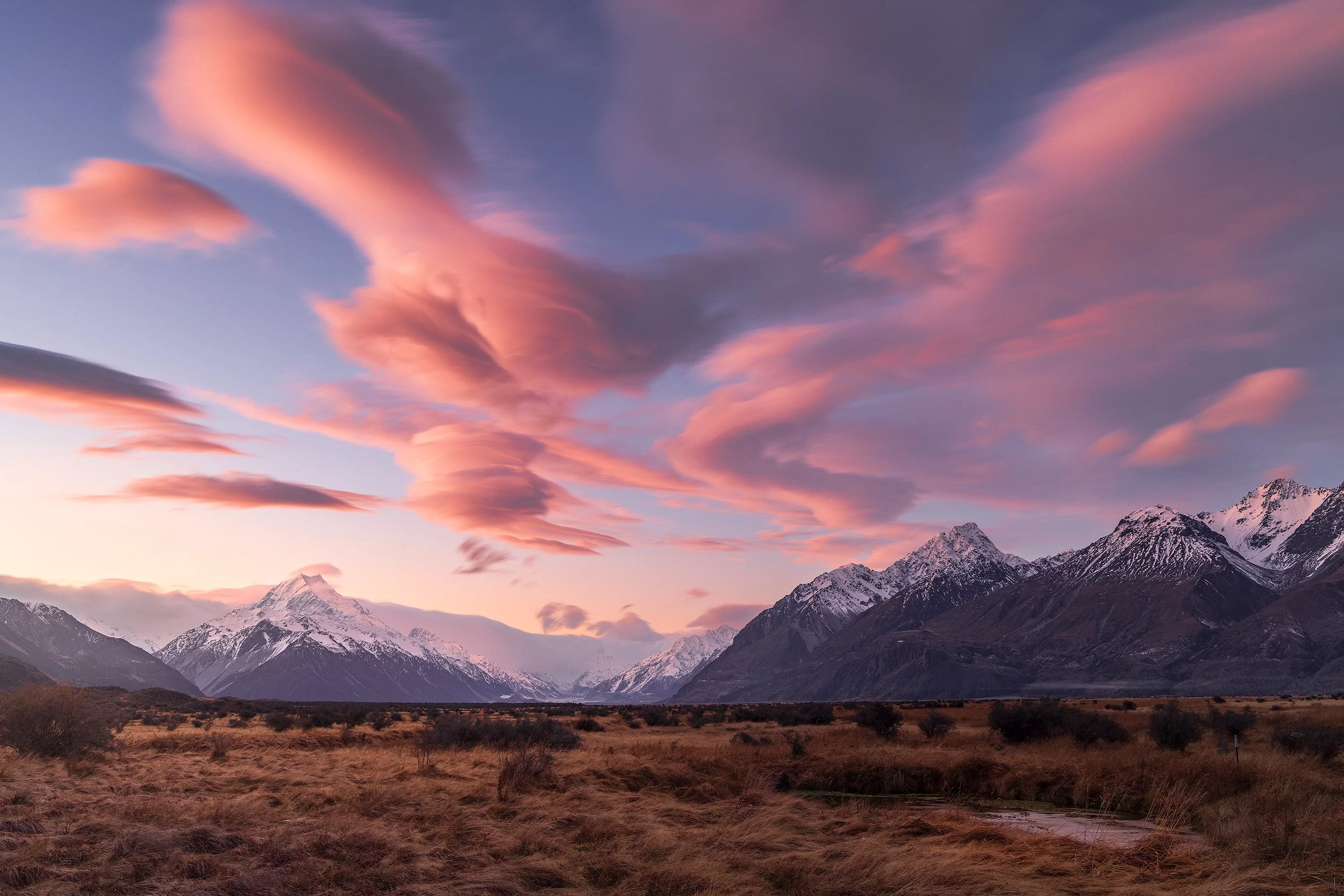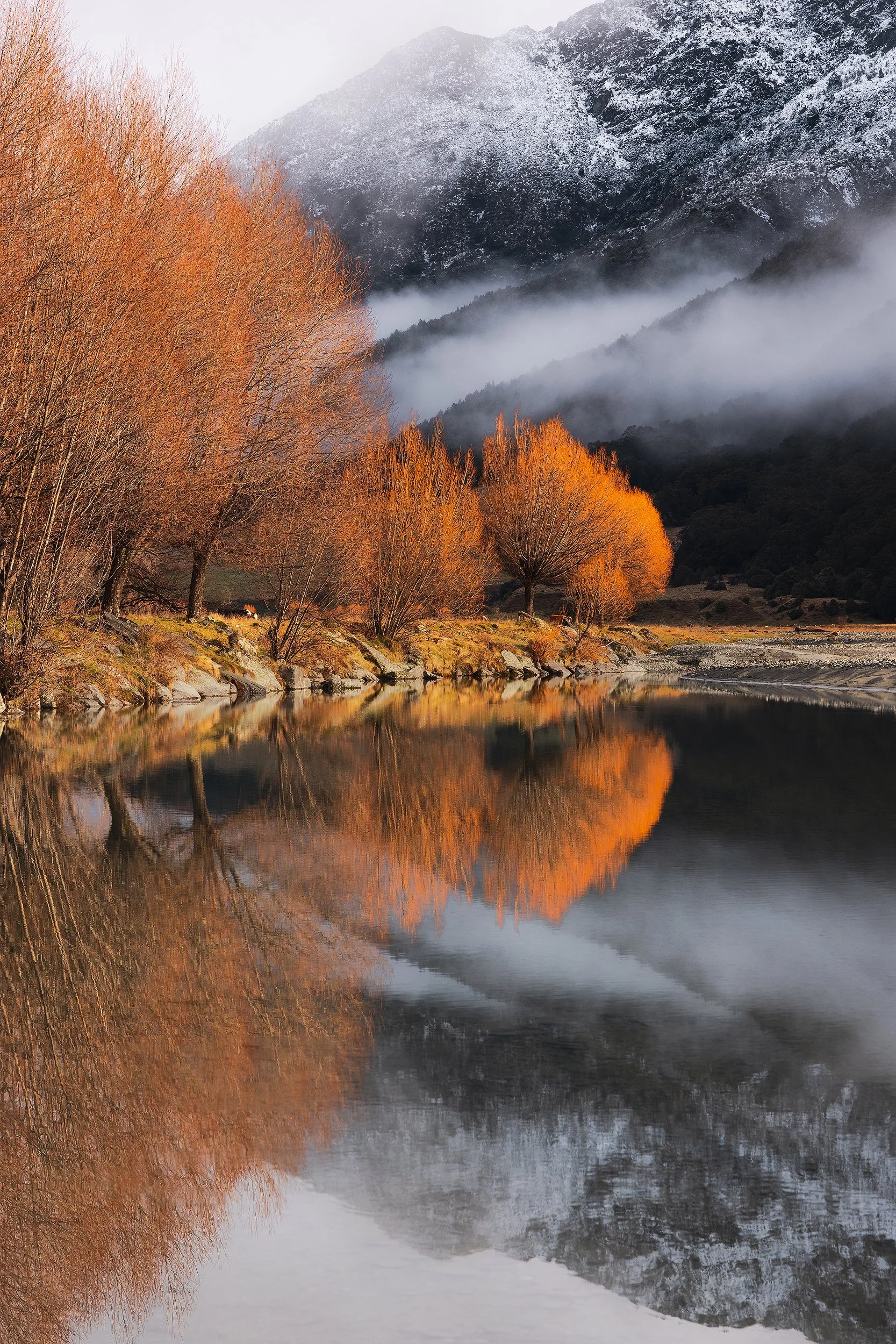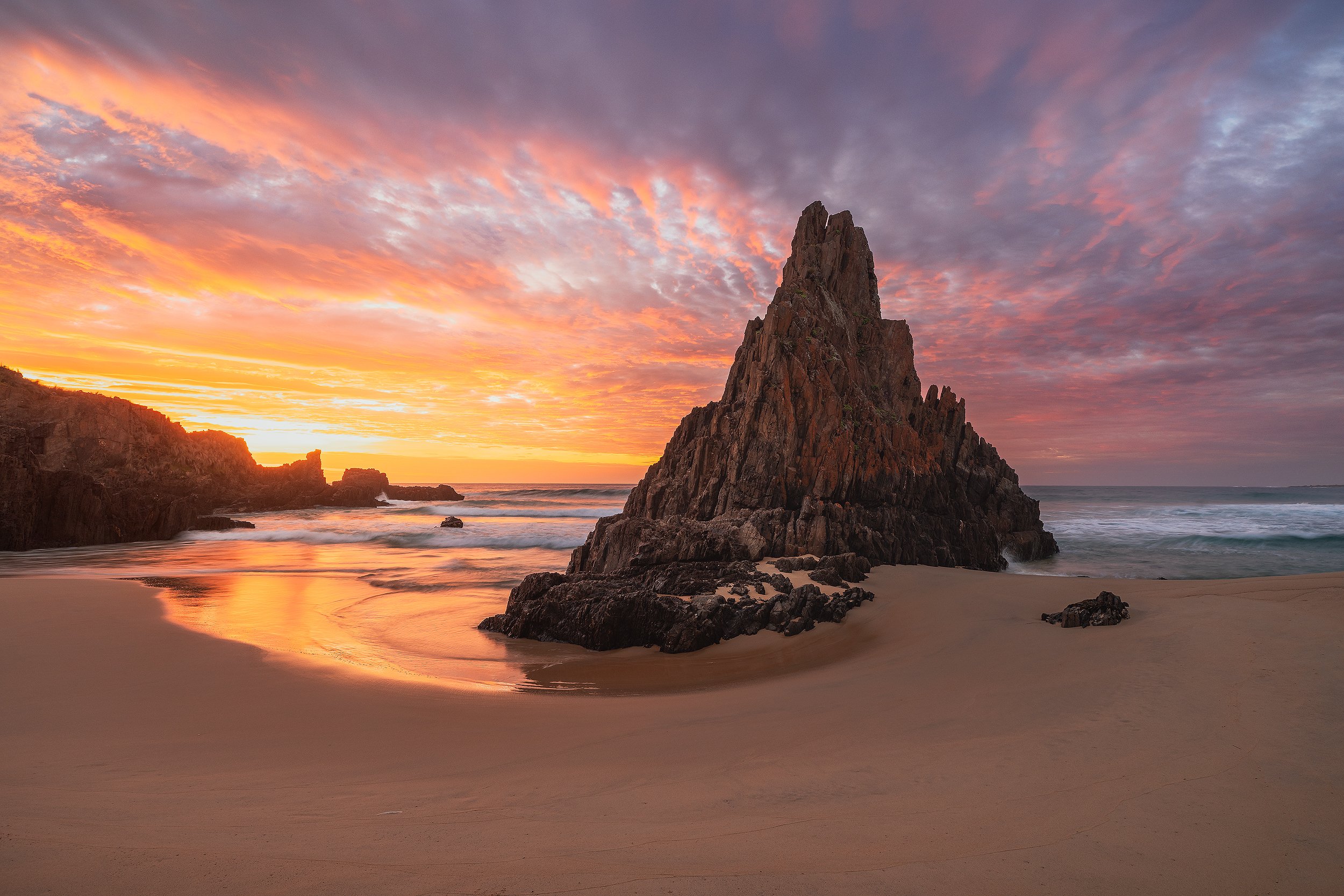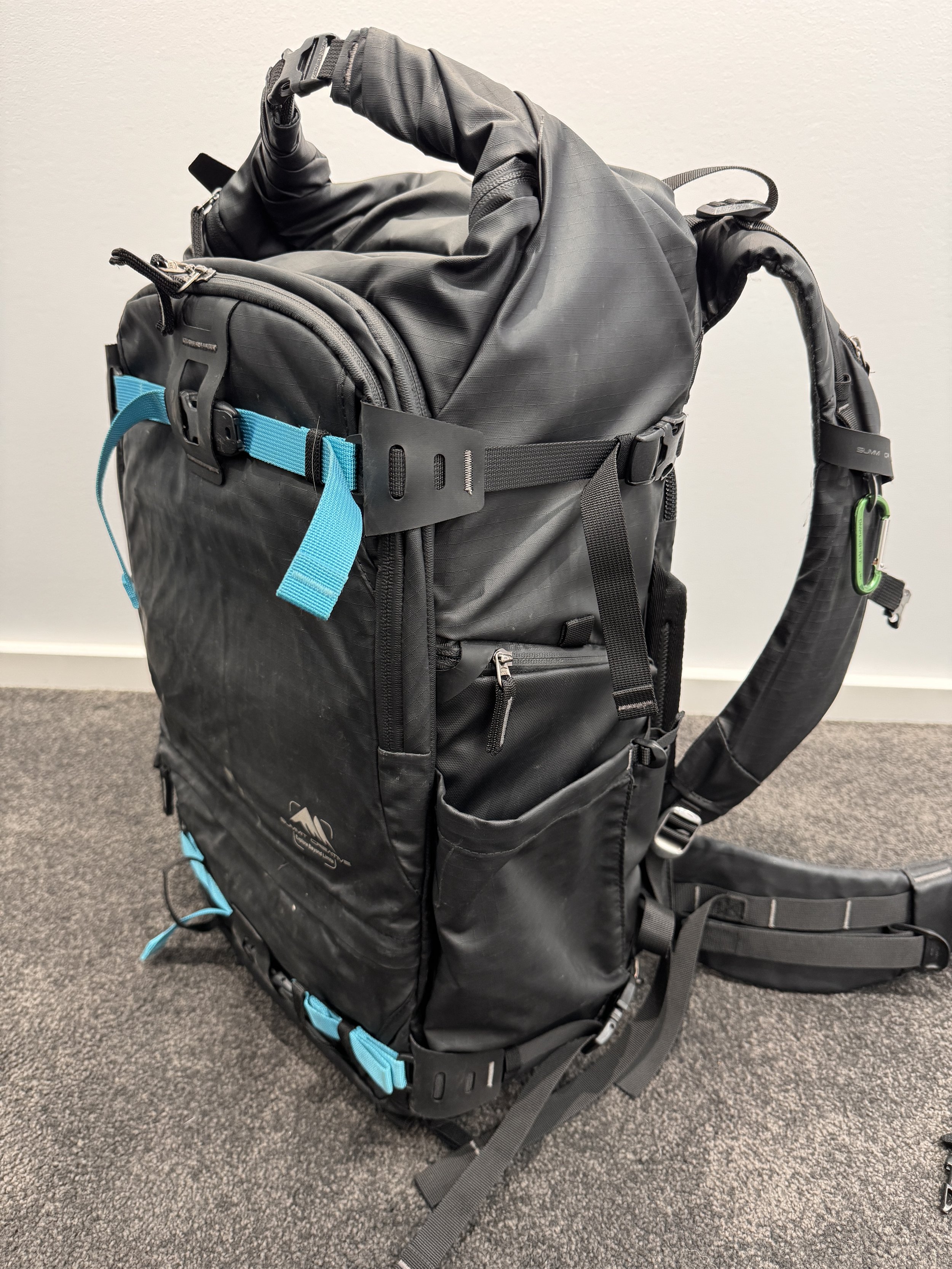Hi again everybody, Lisa here,
Long time, no newsletter! As usual, we’ve been busy running our workshops all over the place.
Since our last newsletter, we’ve run a Milford Sound & Wanaka workshop in September in the stunning South Island of New Zealand. At Milford, we had some very wet conditions, but everyone knows that’s when Milford shines the brightest and adds so much drama and atmosphere. We had an awesome bunch of enthusiastic clients who threw on their wet weather gear, got out there in it, and came away with some truly spectacular images. The highlight of the trip was undoubtedly an incredible sunrise helicopter landing on Roy’s Peak, overlooking Wanaka and the epic Southern Alps.
Not long after returning from NZ, we packed our gear again and headed to Iceland for this year’s much-anticipated workshop. We were truly spoilt, with Iceland putting on a real show for us all day and all night. Everyone seemed to enjoy each incredible location that Thor took us to and had a great time together. Iceland really is a photographer’s dream location. Brett and I stayed on for a week after the workshop and went exploring the Highlands — oh my goodness, that place is mind-blowing. We will definitely be back to visit again and, who knows, a new Iceland workshop could well be on the cards soon.
Early November saw us back home on the beautiful South Coast of NSW, running our NiSi ND Filters Workshop. We did lots of learning in the classroom and out in the field, shooting some epic local seascapes. A big thanks to Andrew Code from NiSi for joining us and bringing all his exciting new products, including the JetMag magnetic filter system, for us to check out along with his expertise.
Mid-November, we headed back to NZ for our final—and one of my favourite—workshops of the year, the Lakes and Lupins Workshop. We had a great time showing off how spectacular the Mackenzie region is in late spring. We had beautiful conditions for photography, including a couple of pink skies, and a fantastic group of clients who were keen to get the best shots possible, even if it meant standing in an icy cold stream! As Brett says… effort equals reward! I’m sure they all got rewarded for their efforts, and we really love seeing all the images posted from our workshops.
After finishing up our final workshop, we stayed on for another week in Twizel and did some resting up. The early morning starts and late sunsets at this time of year really catch up with you! After we caught up on some much-needed sleep, Brett was mighty keen to do some fly fishing and catch a few of those humongous local trout. I must say, he’s not bad at it, even if he almost drowned catching one big monster (read my Facebook for the full story). In the end, it all makes for a great story and another adventure.
We are now home and enjoying a quieter pace leading up to Christmas, catching up on a few jobs around the place and some office work. It’s good to be home, and we’ve been giving our pizza oven a run for its money! If you haven’t tried homemade sourdough pizza, you really are missing out.
Well, as always, thanks for following along with our newsletter and adventures.
We hope that you and your loved ones have a safe and very Merry Christmas, and we hope to see you out there with your camera soon!
Catch you around,
Best,
Lisa & Brett.


